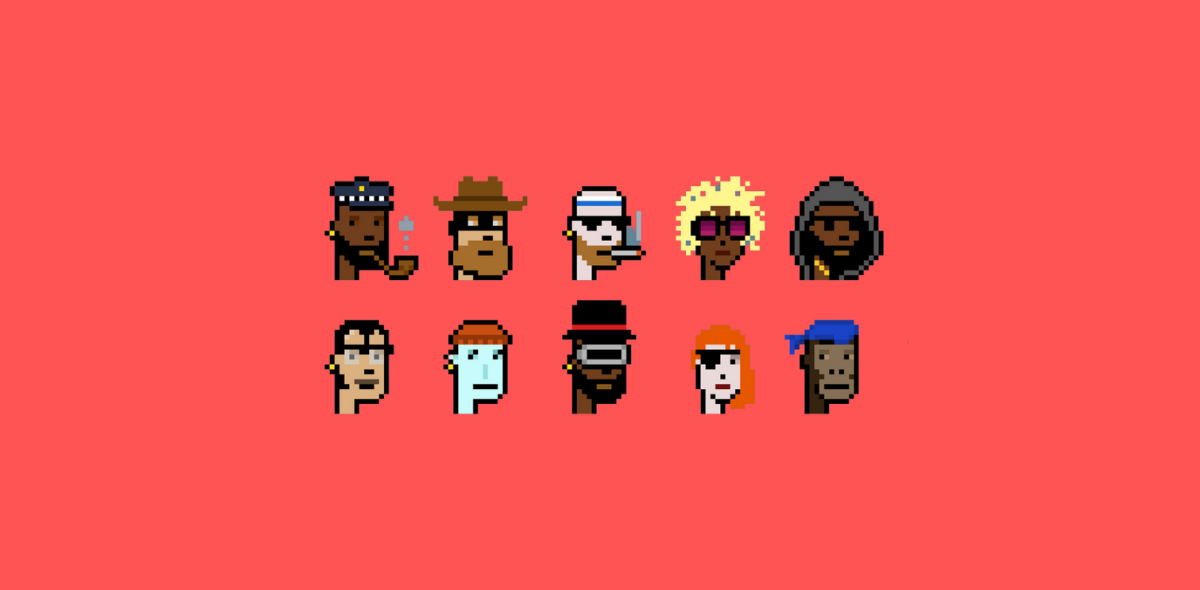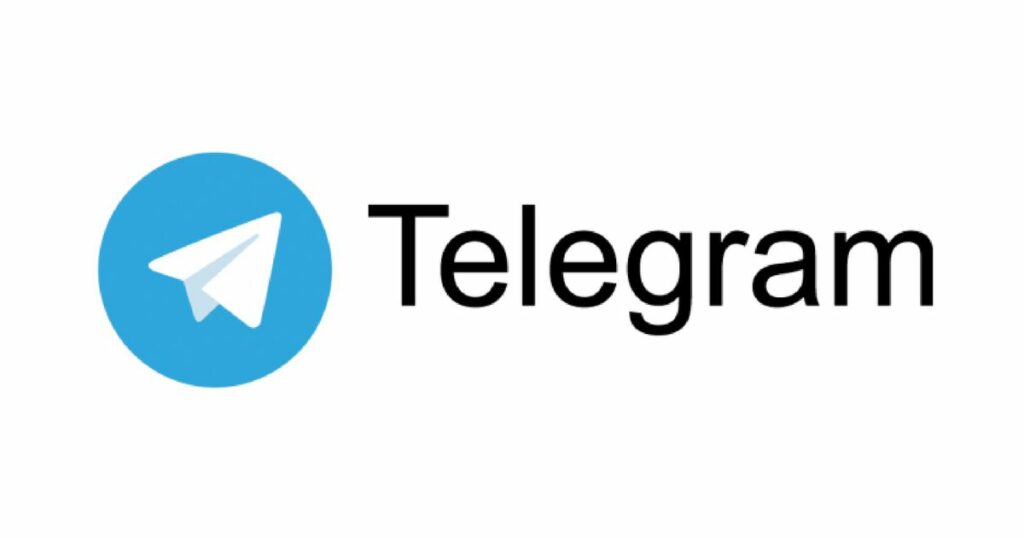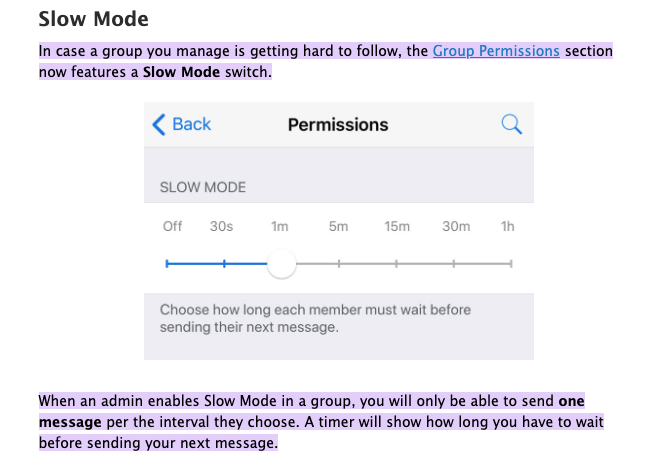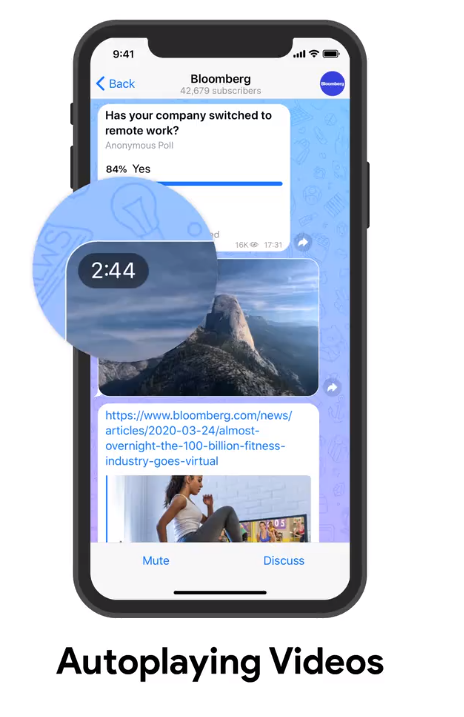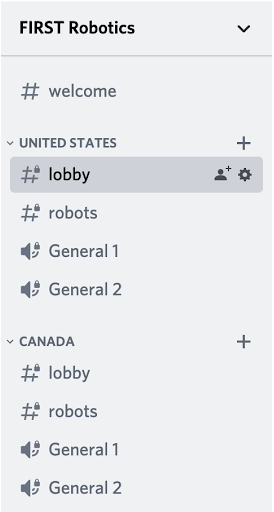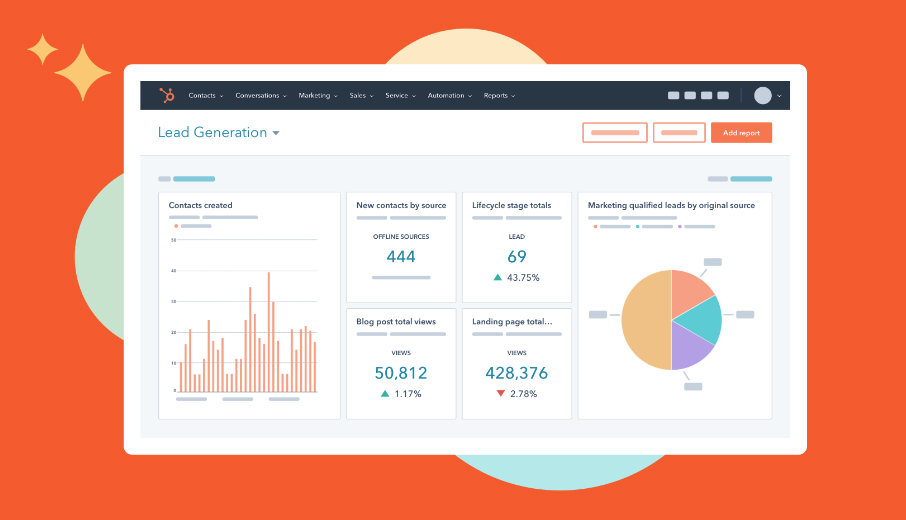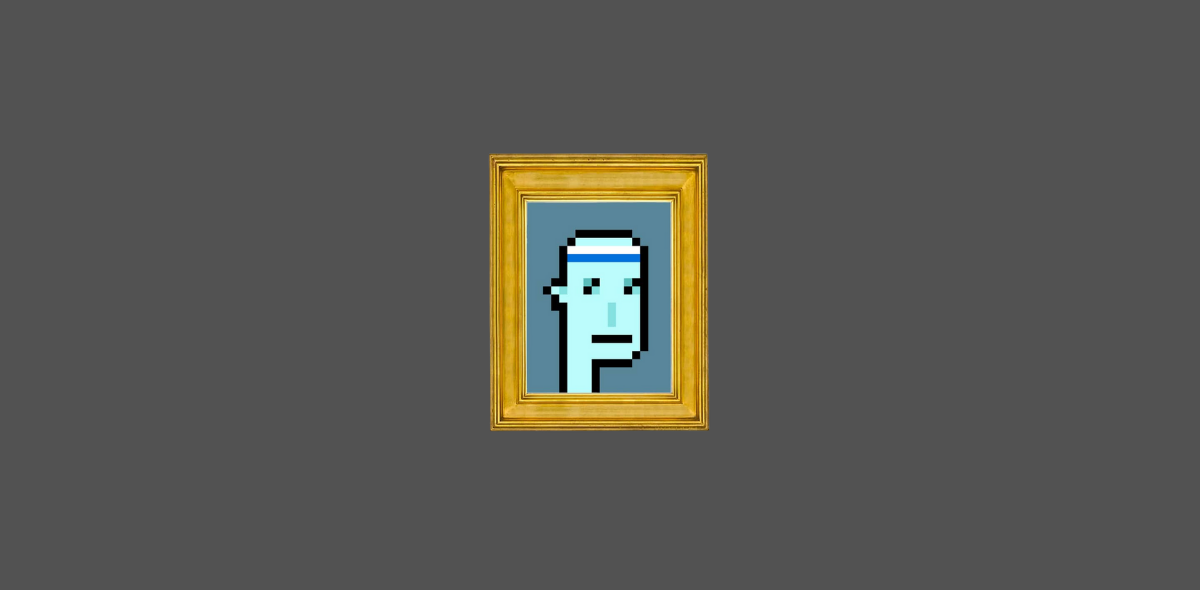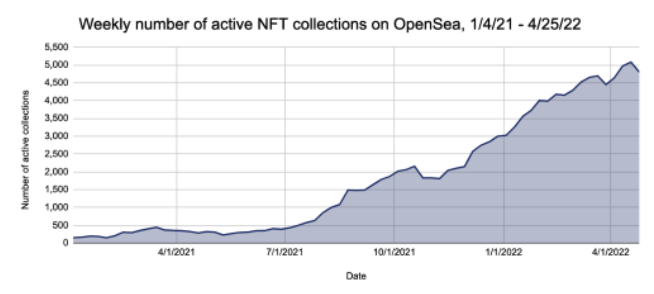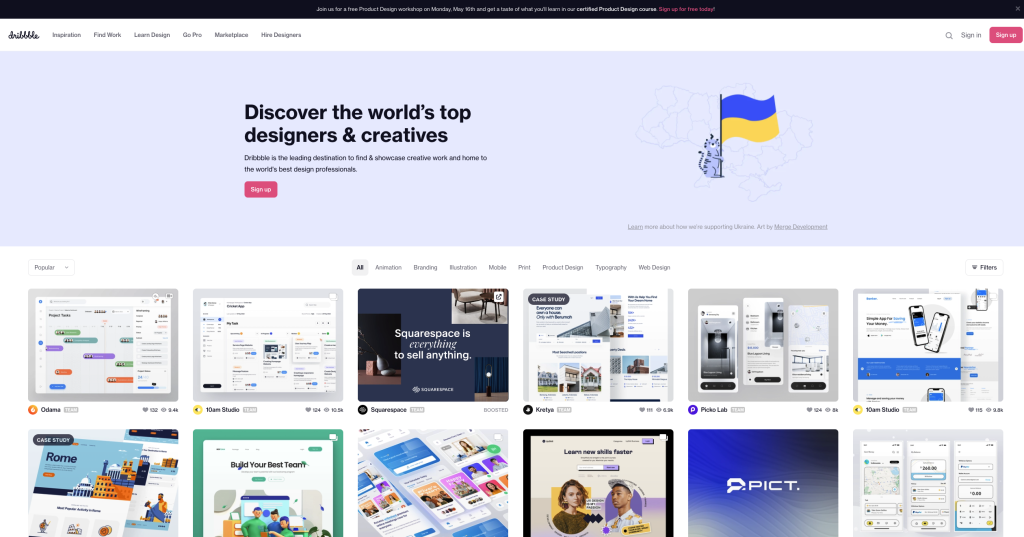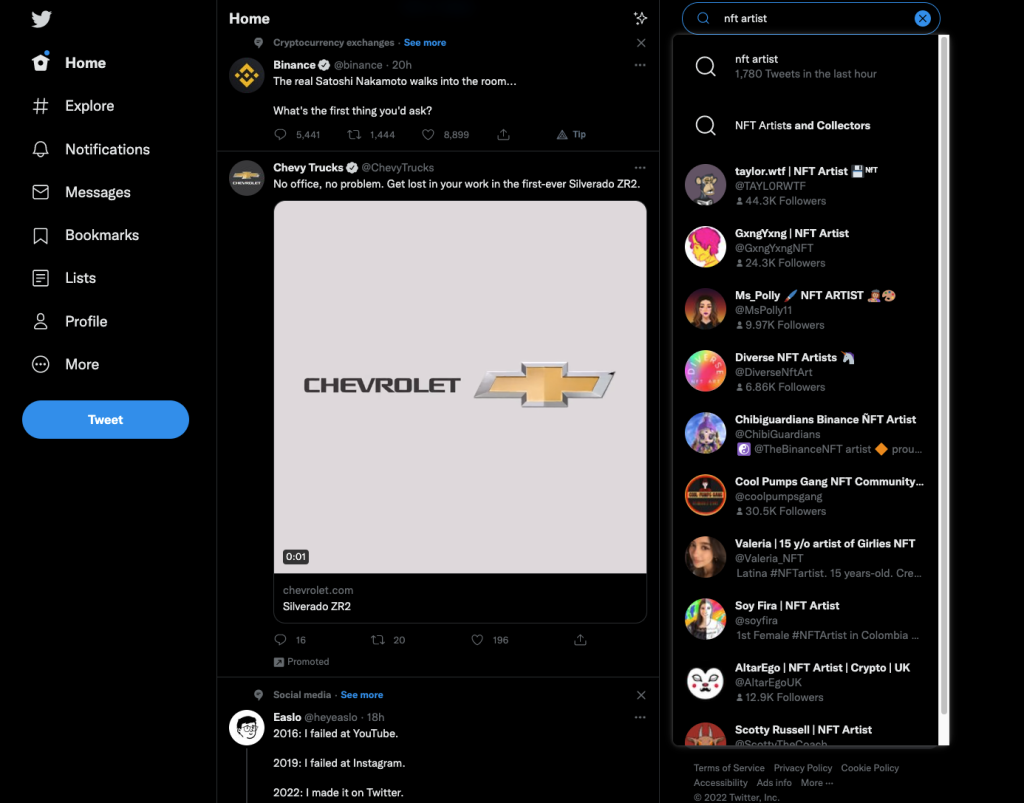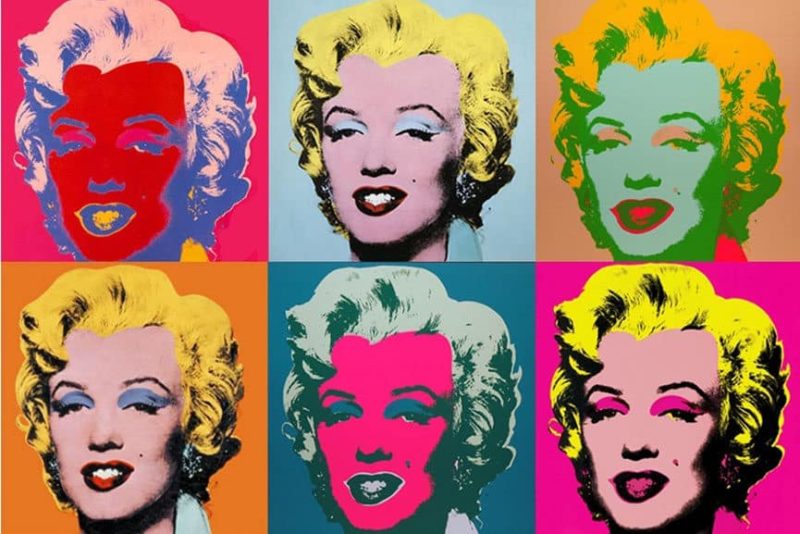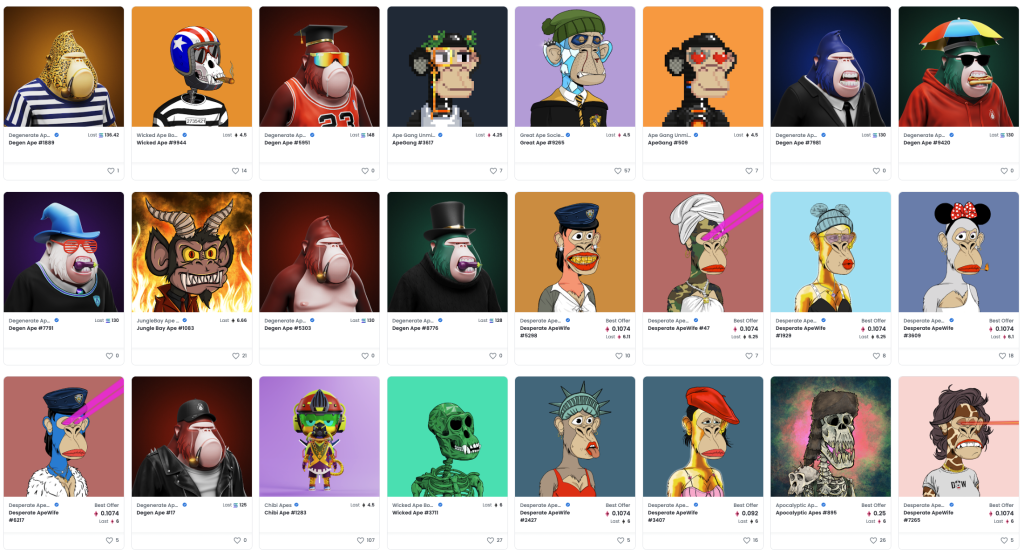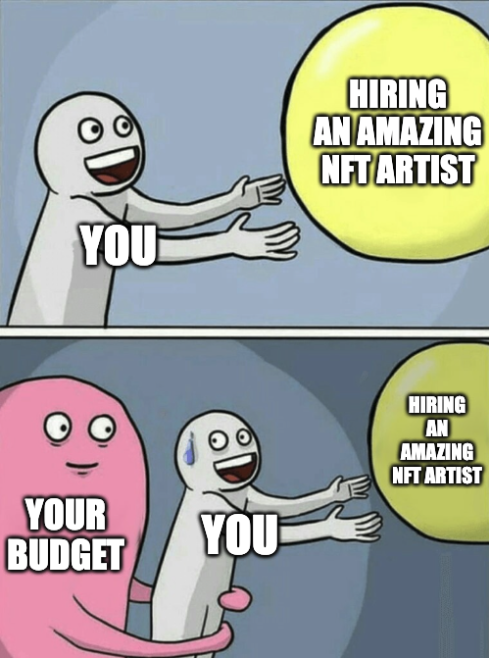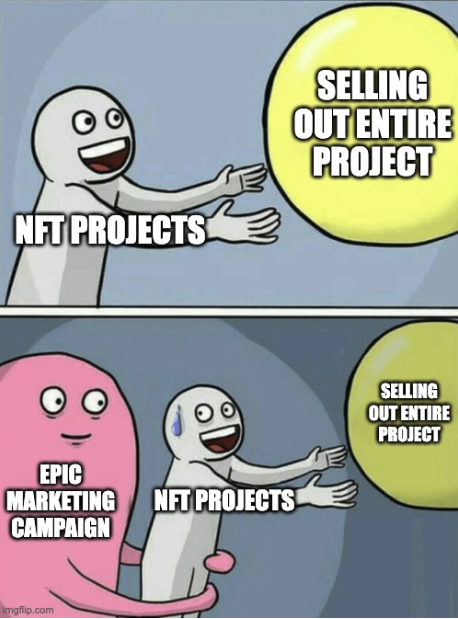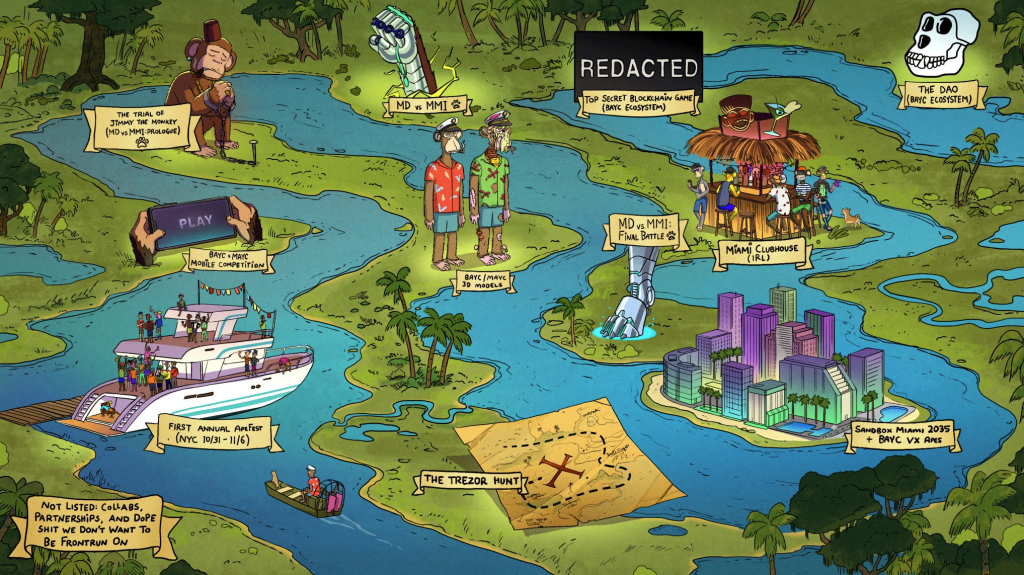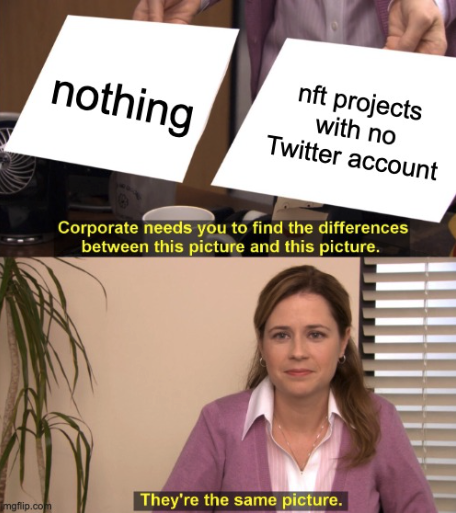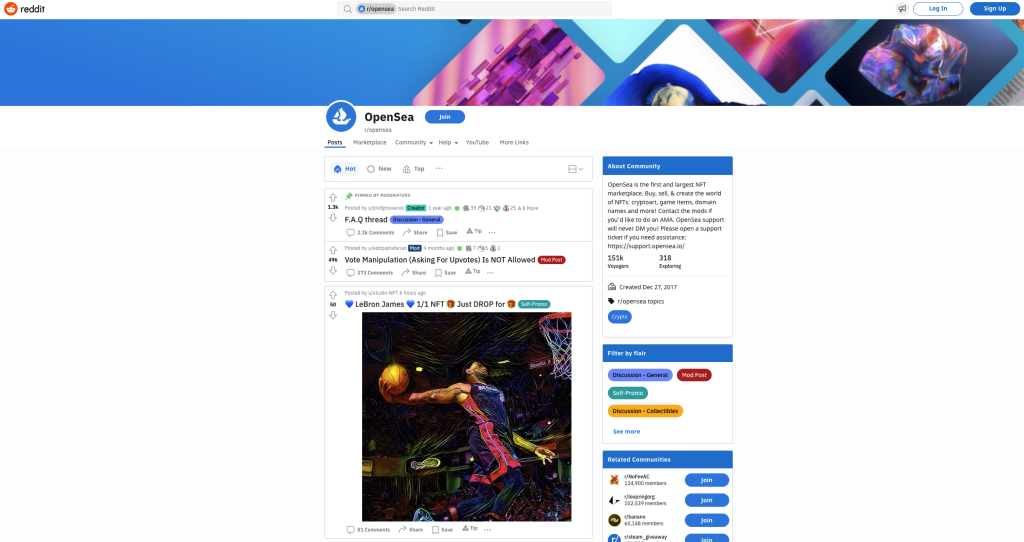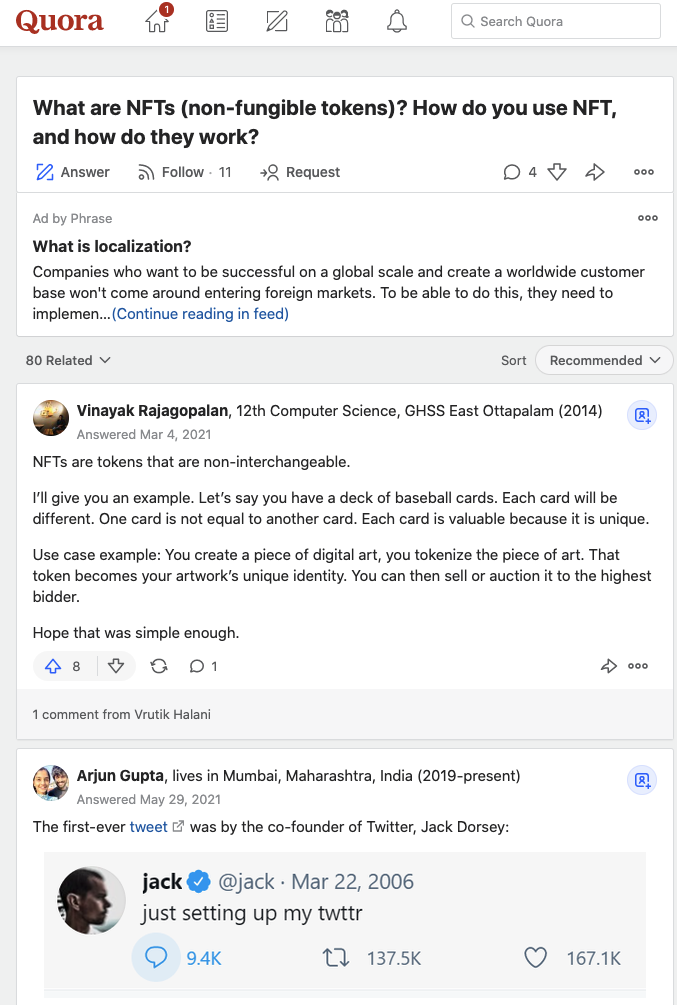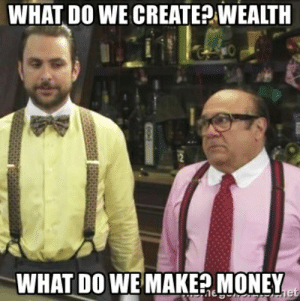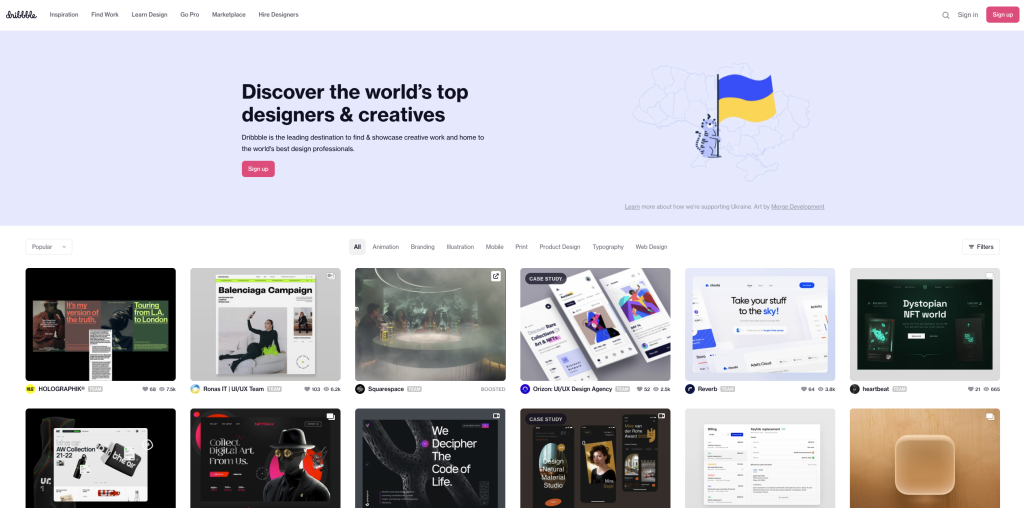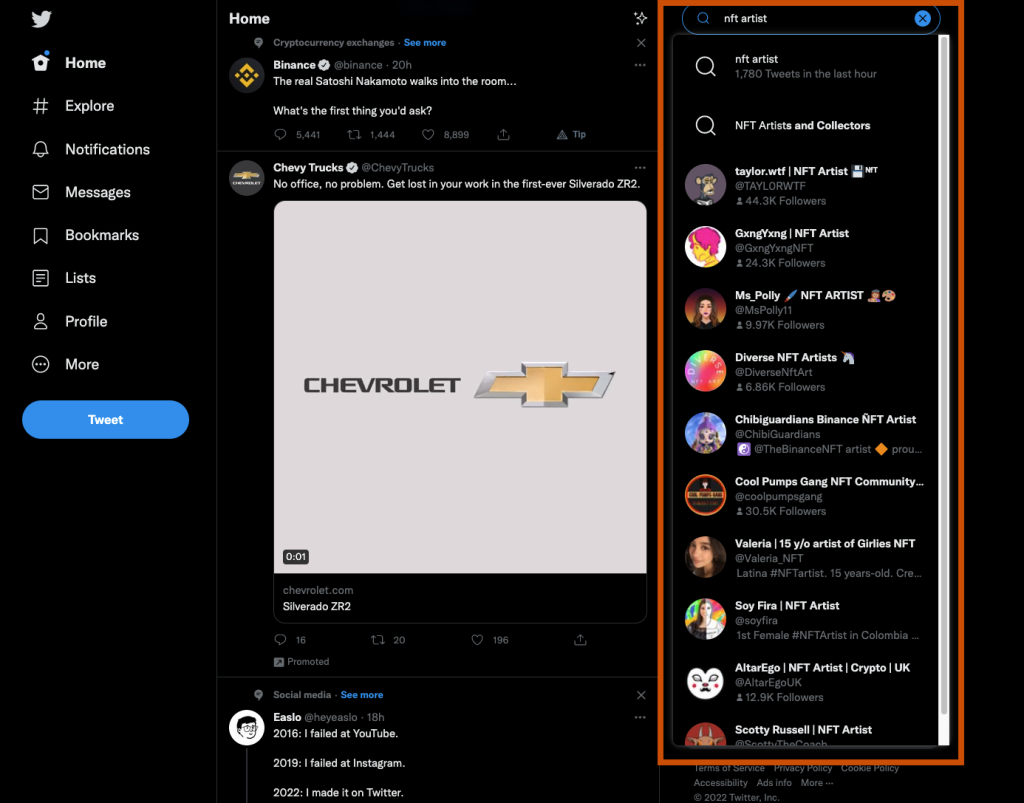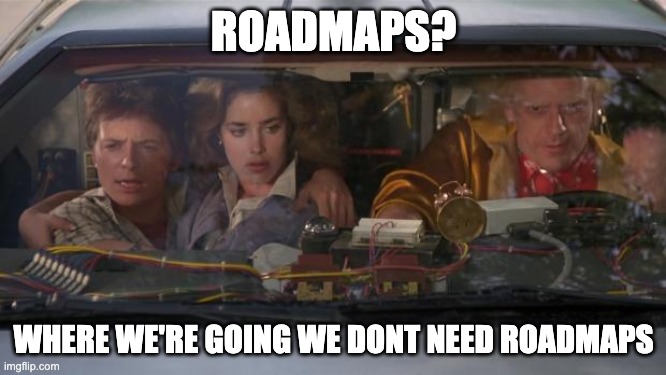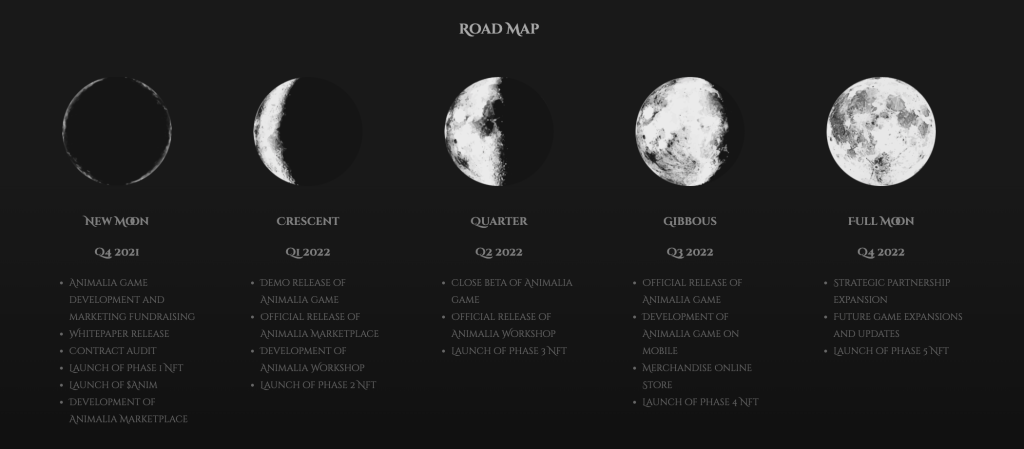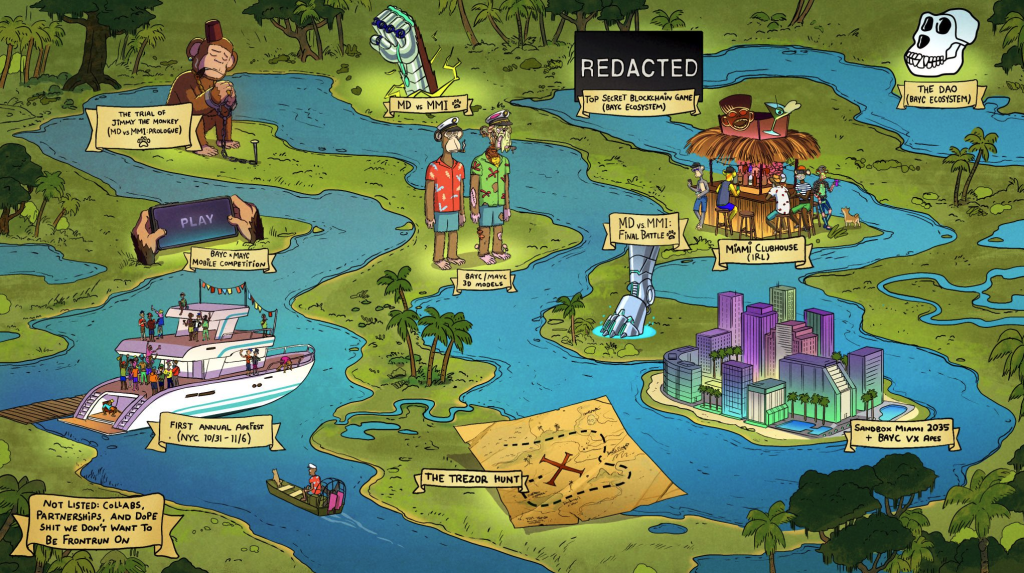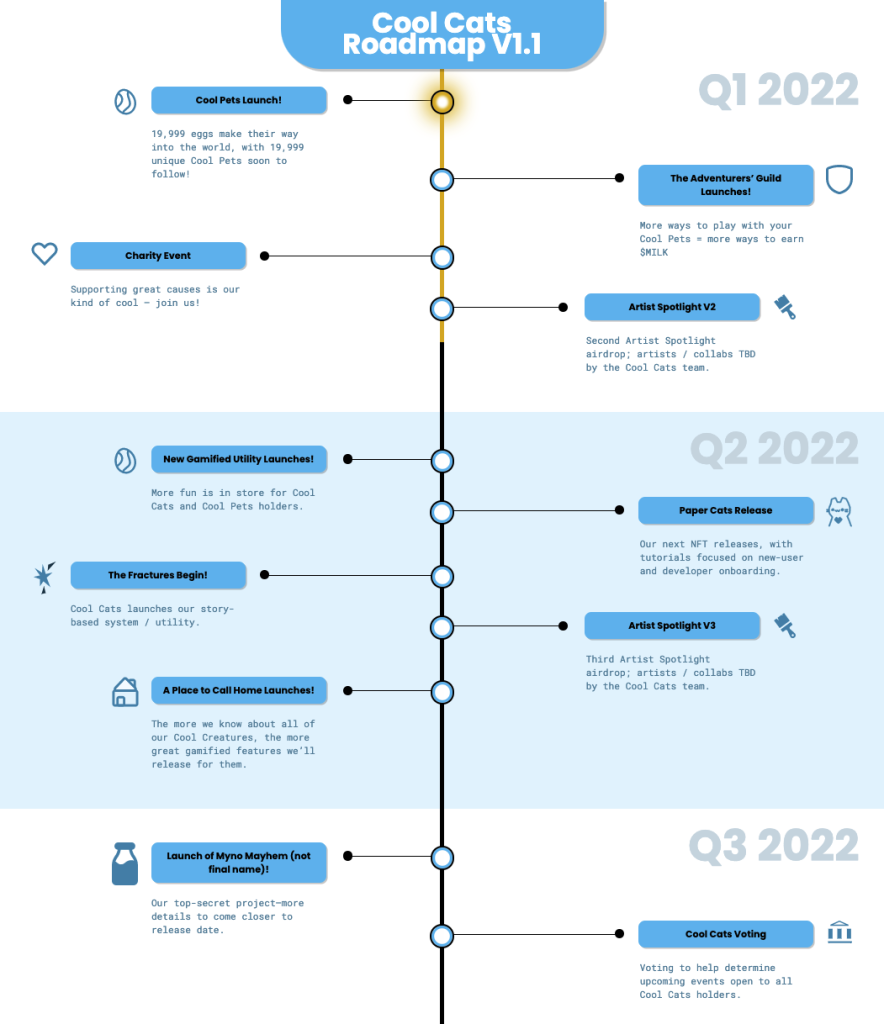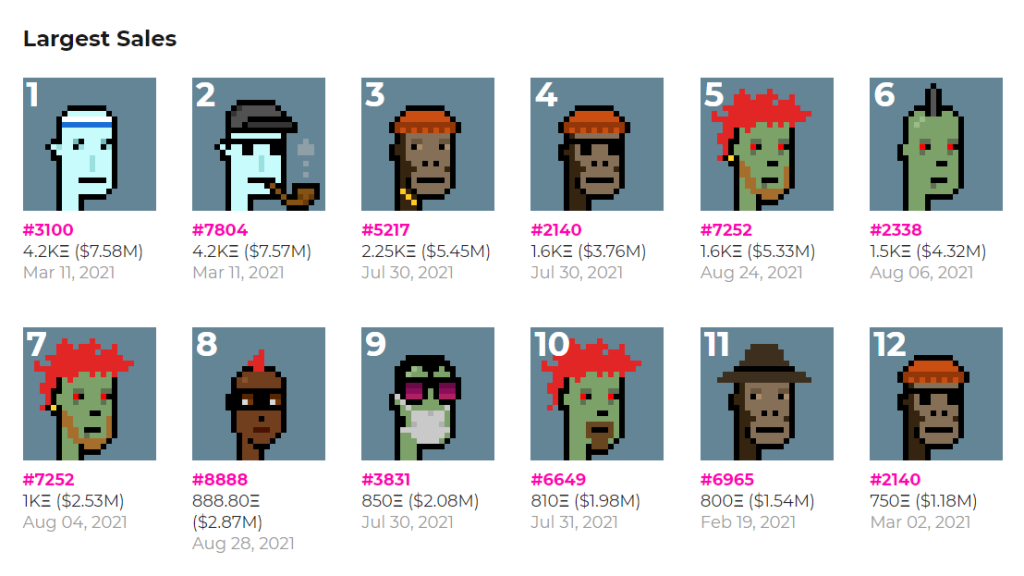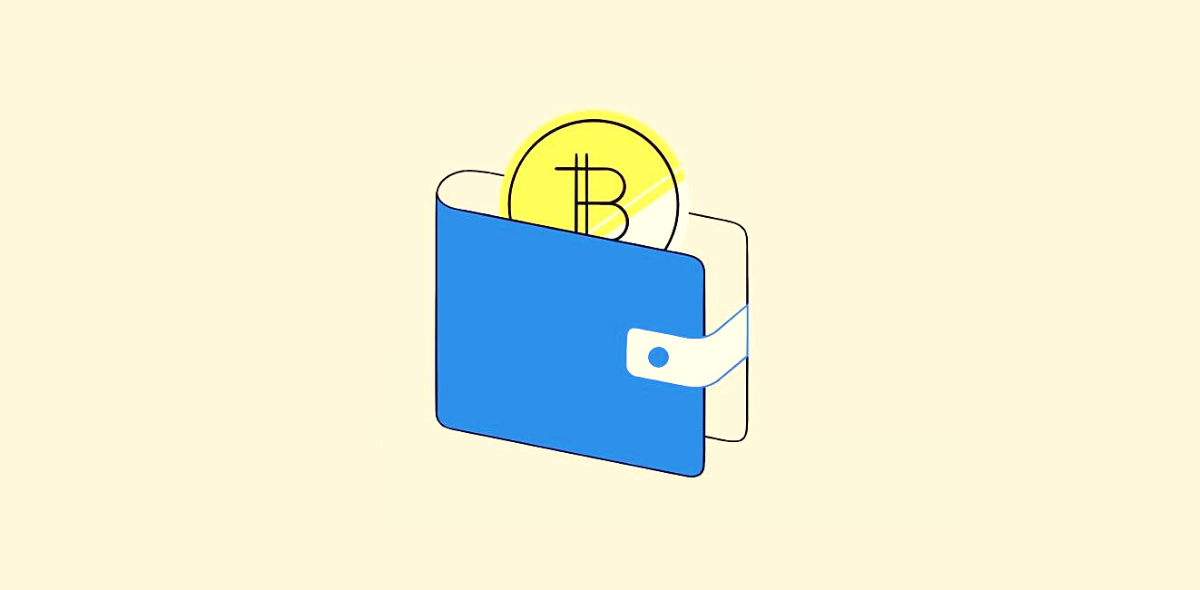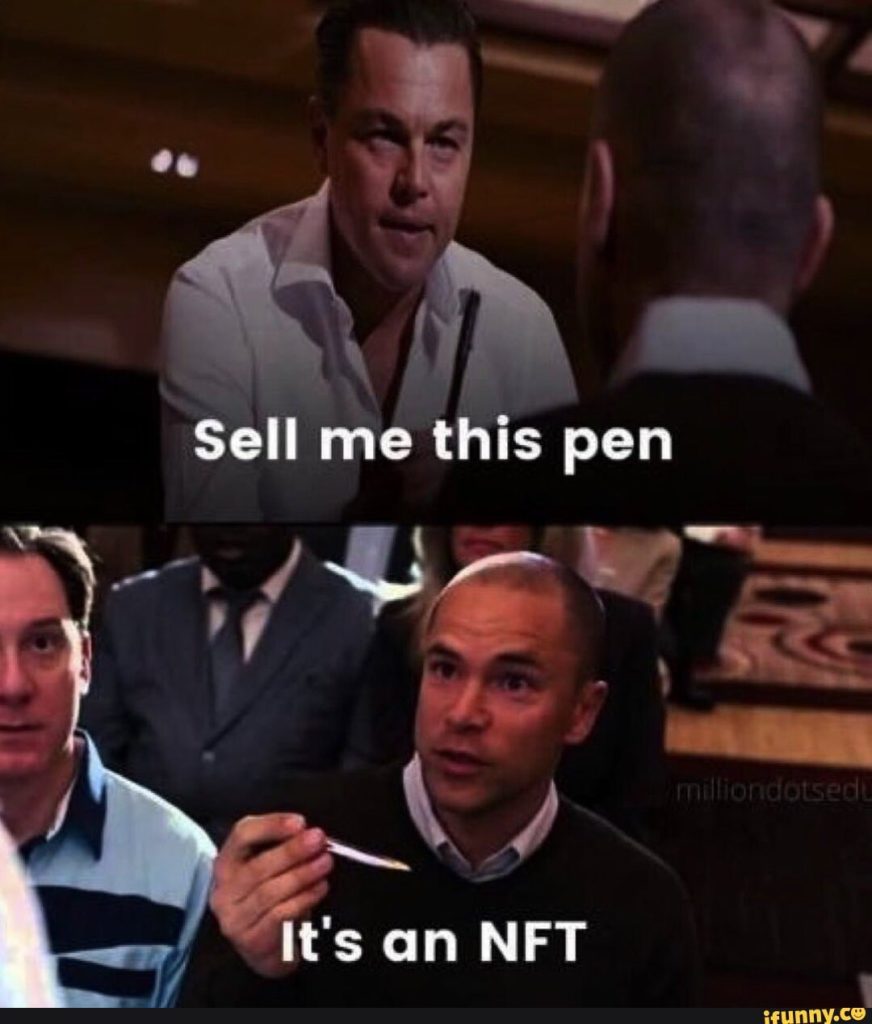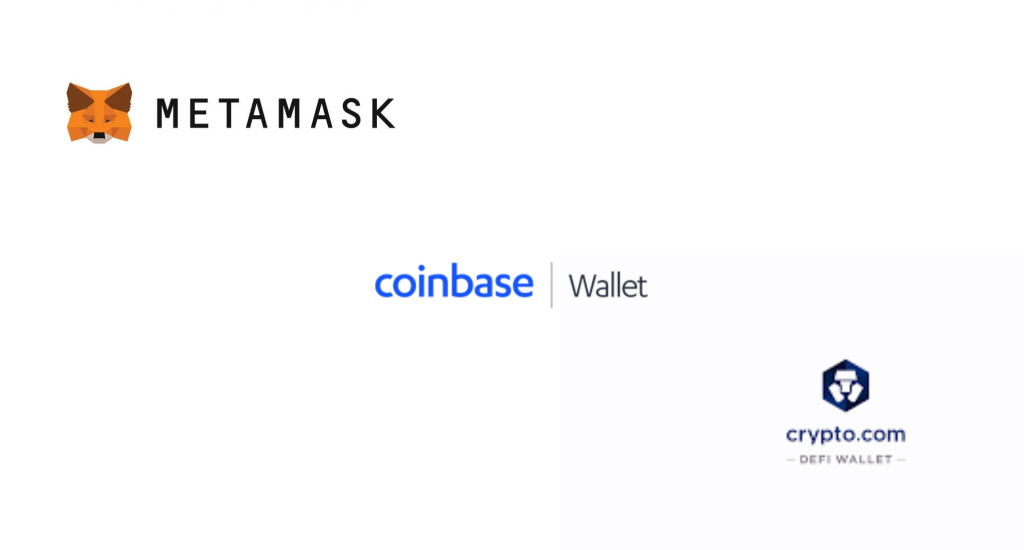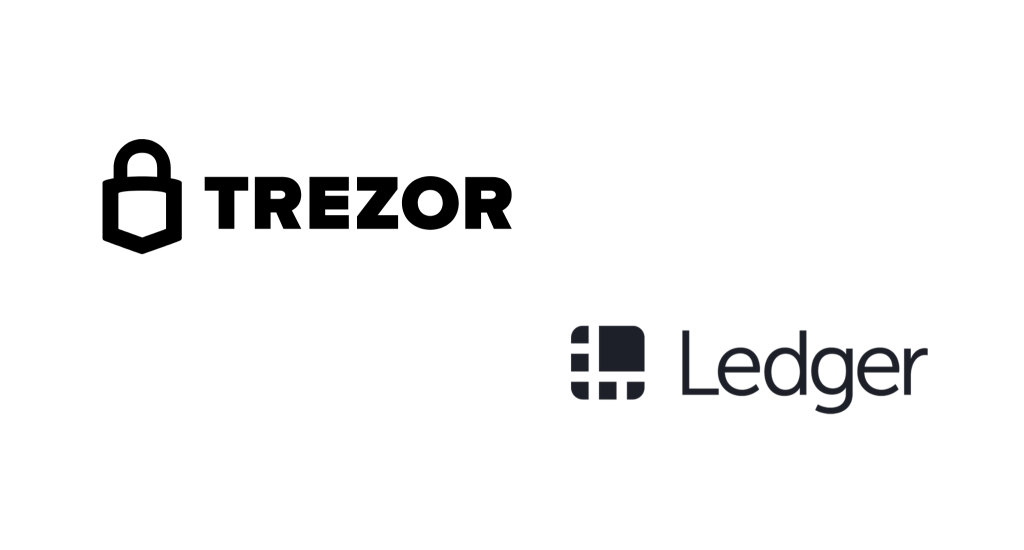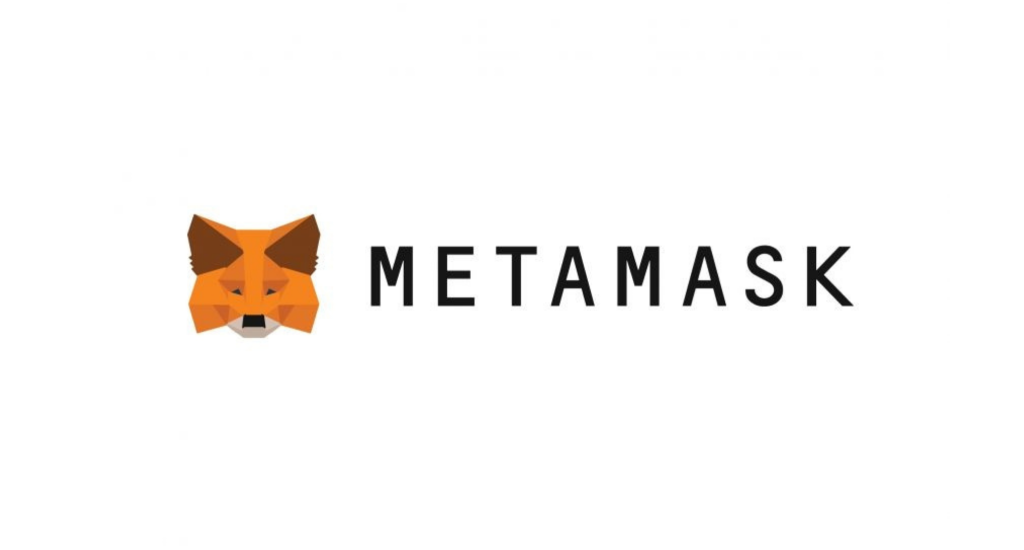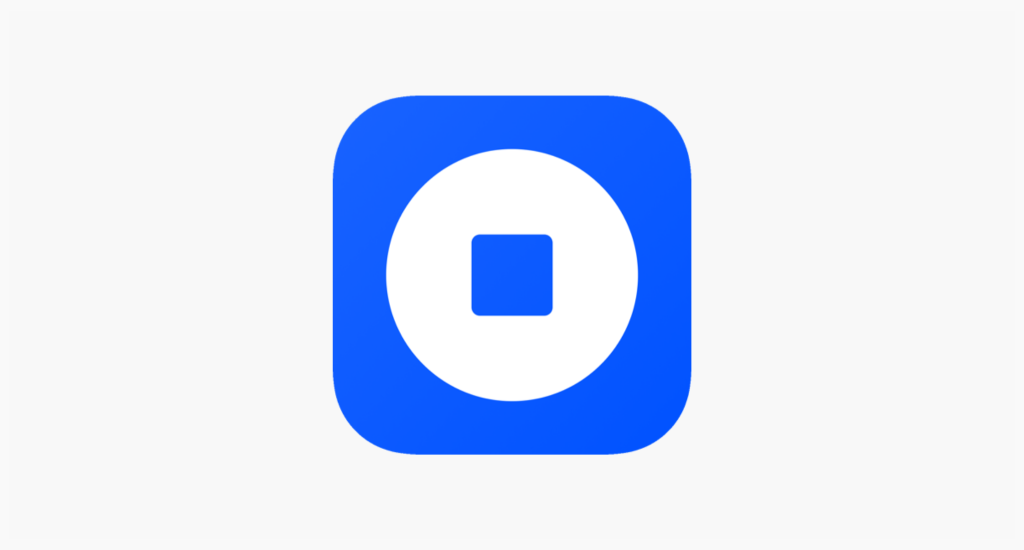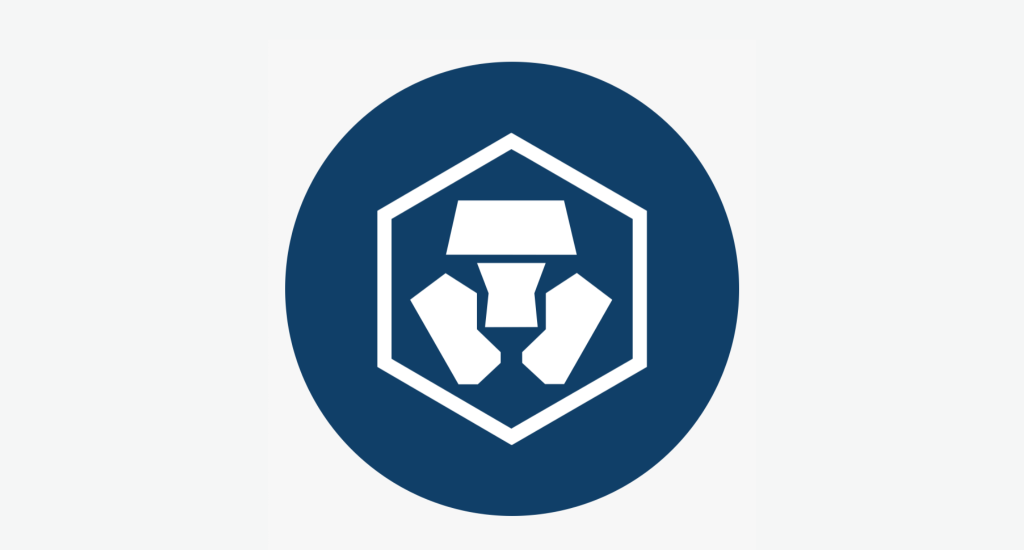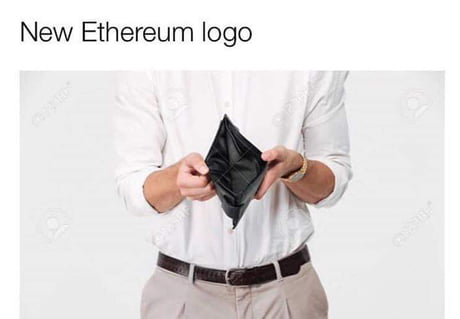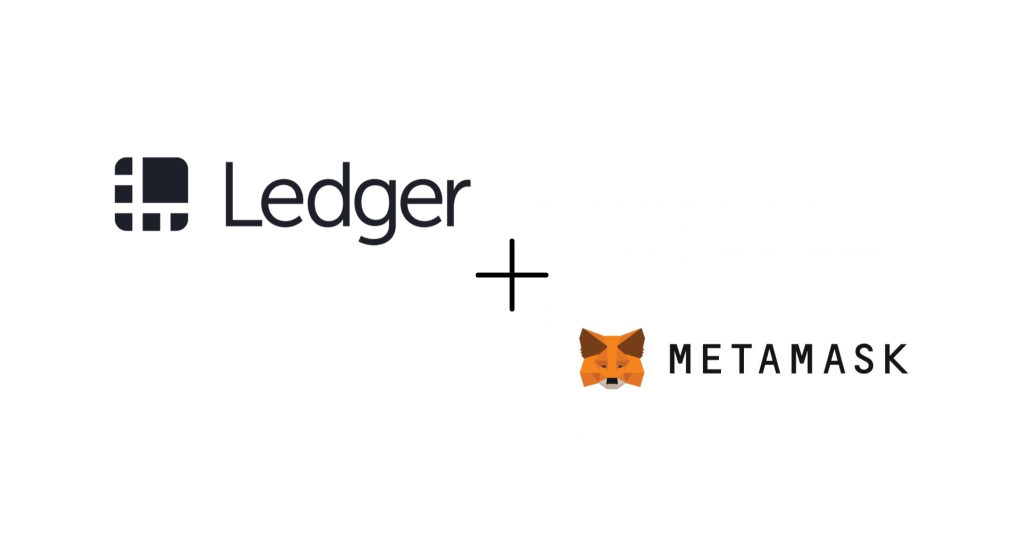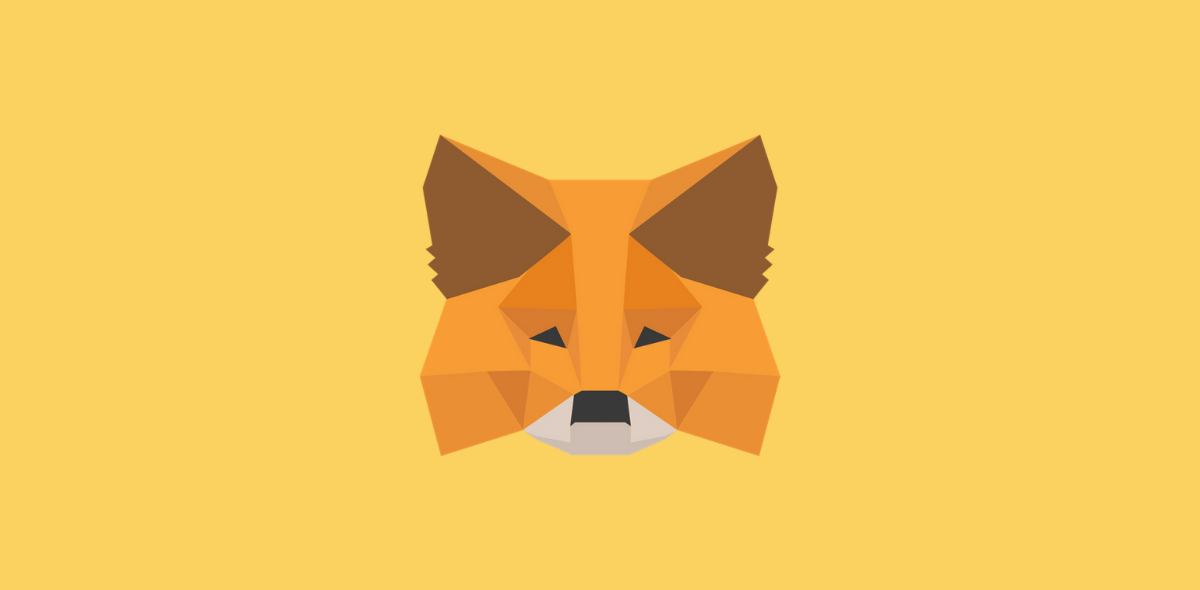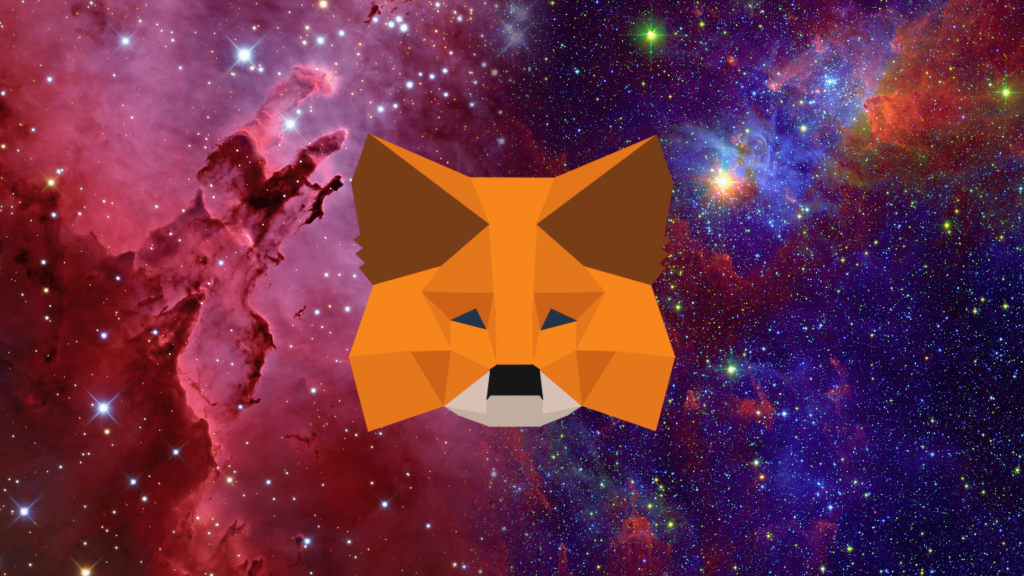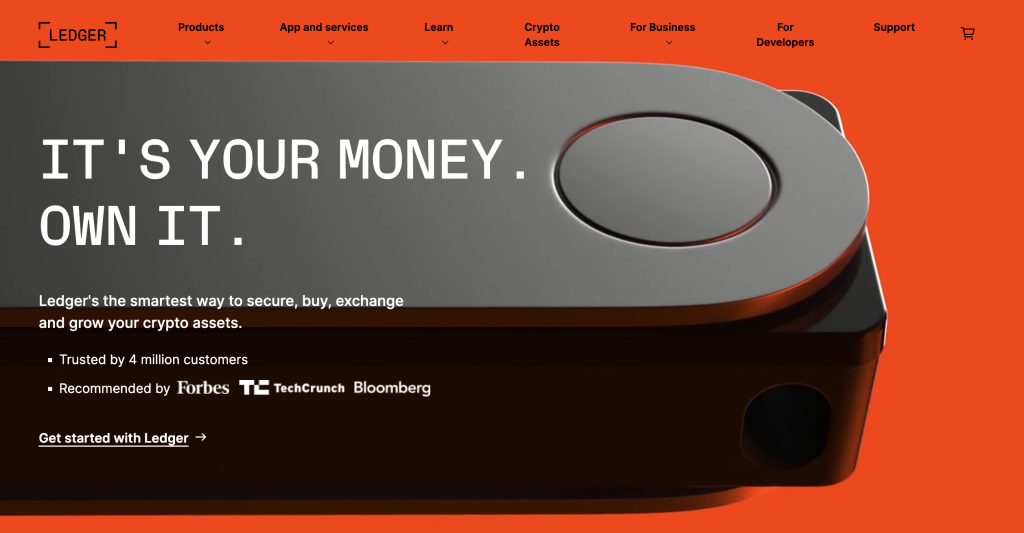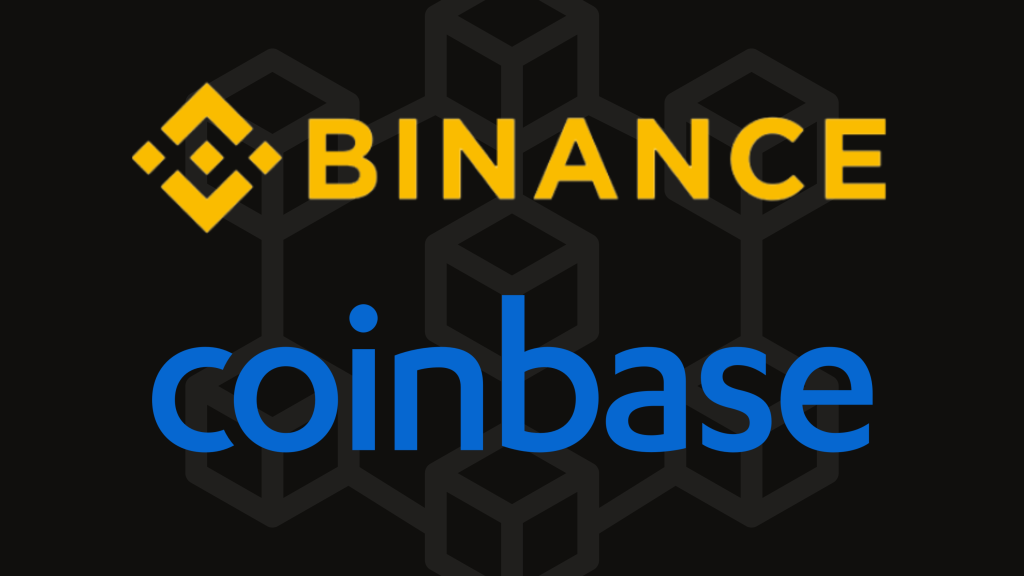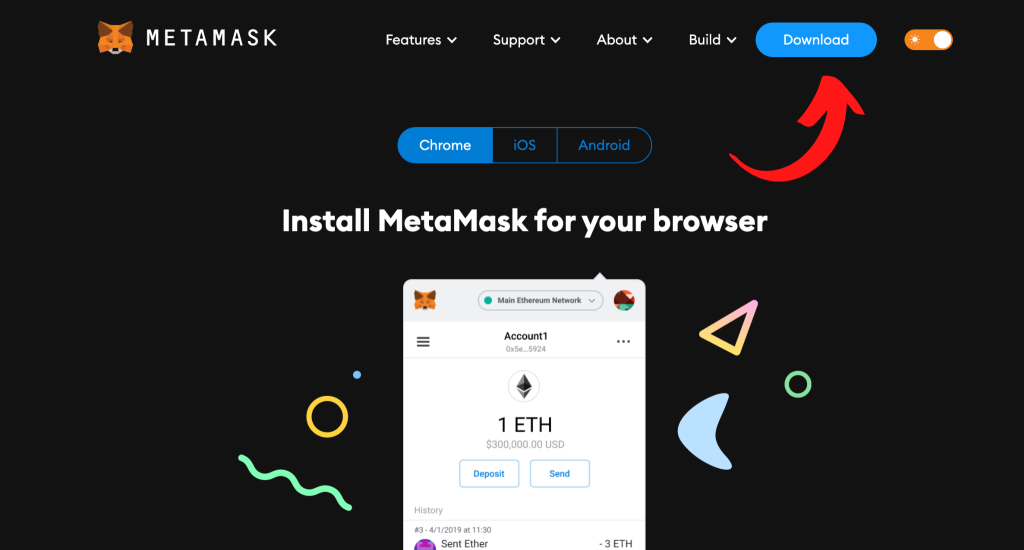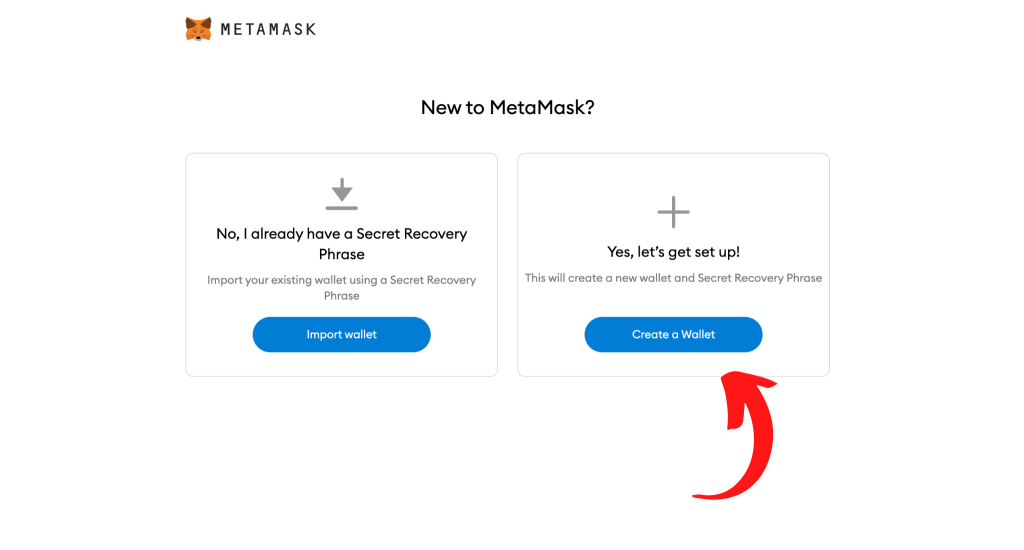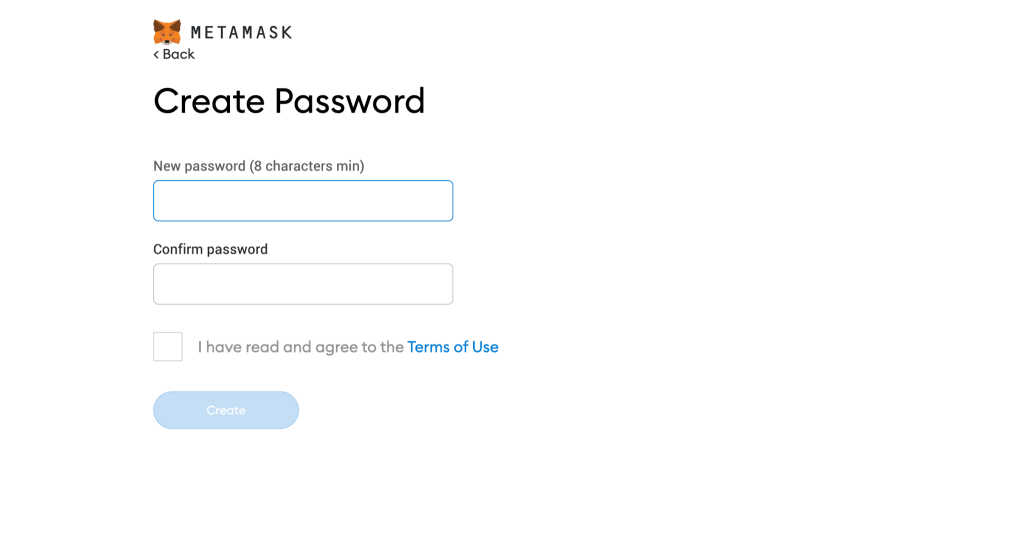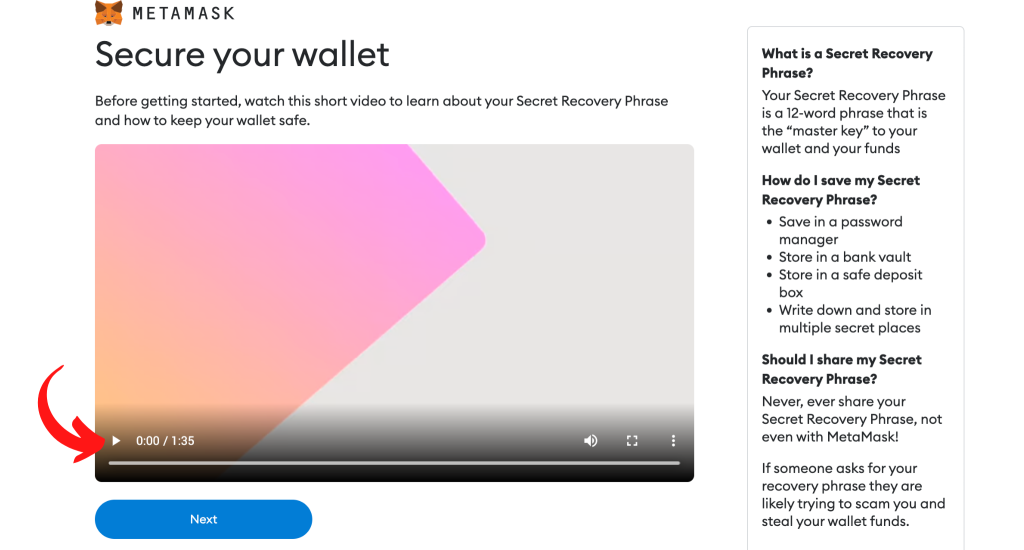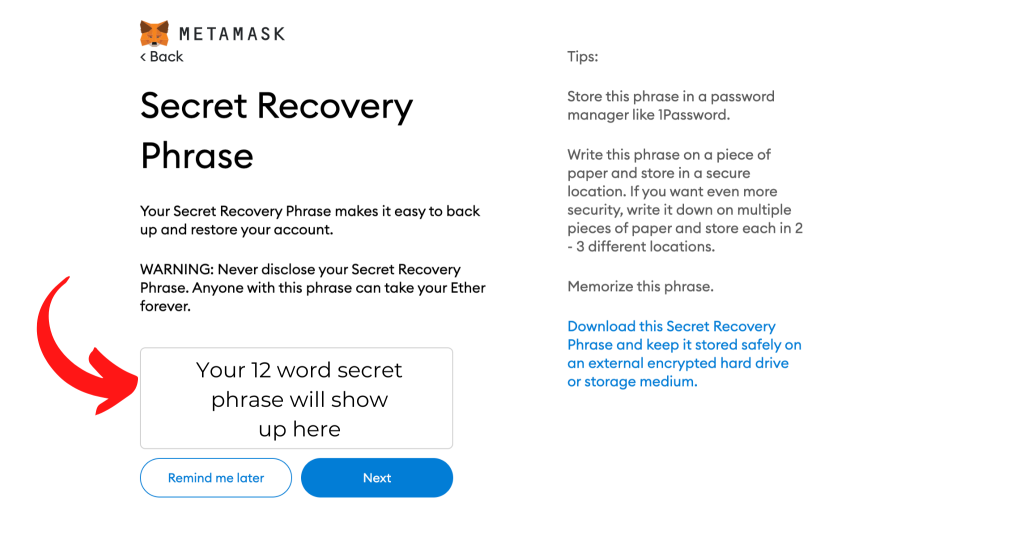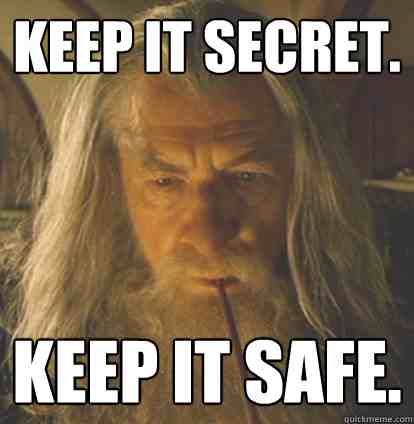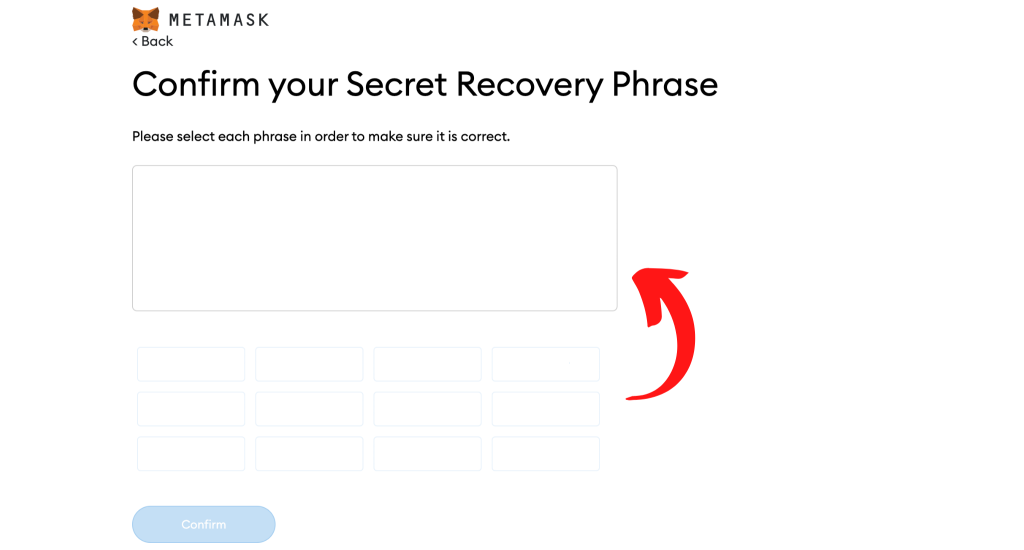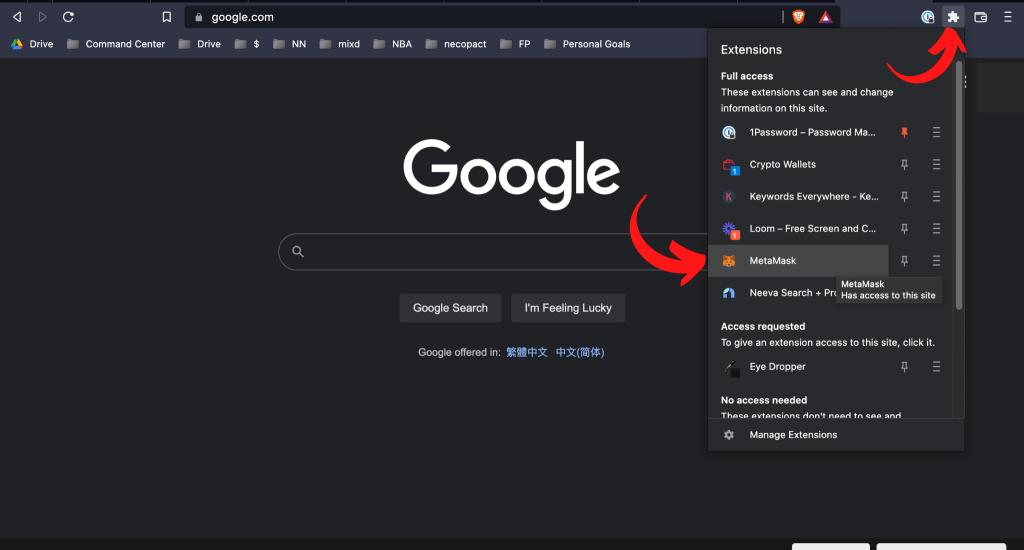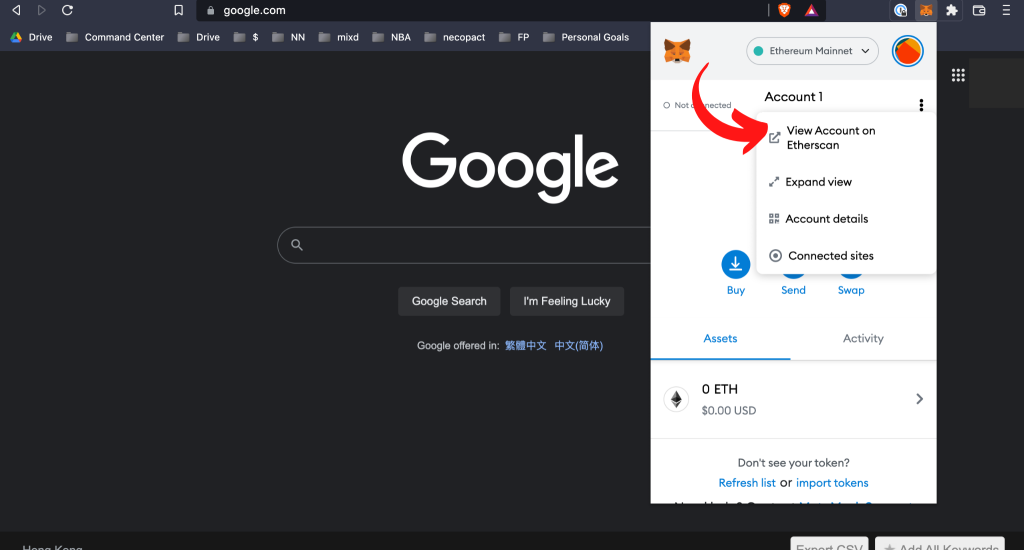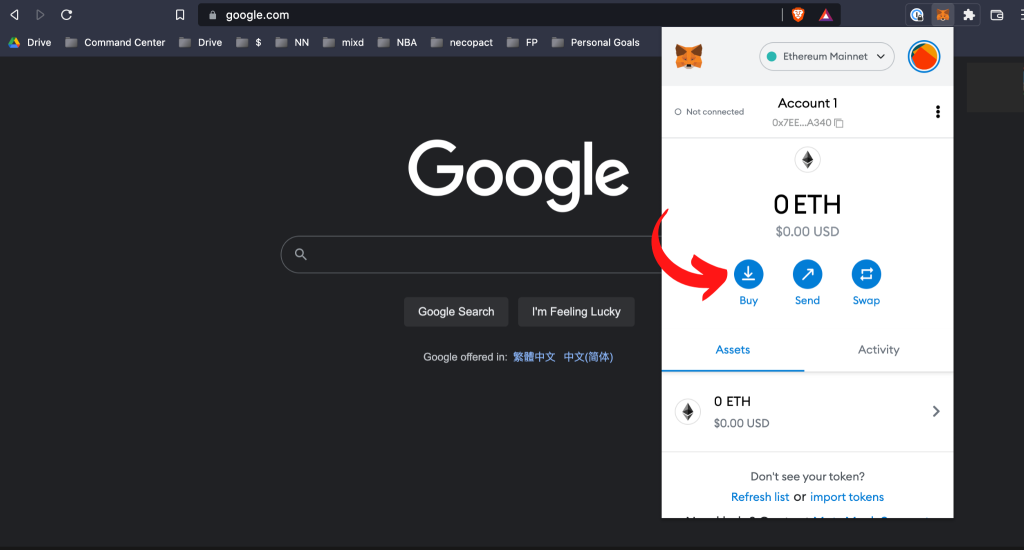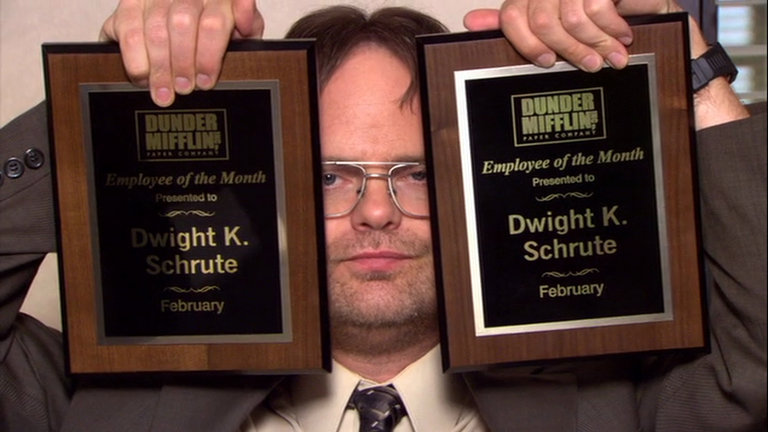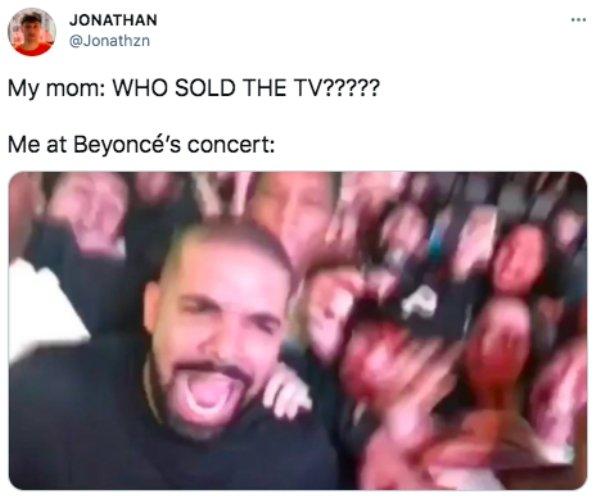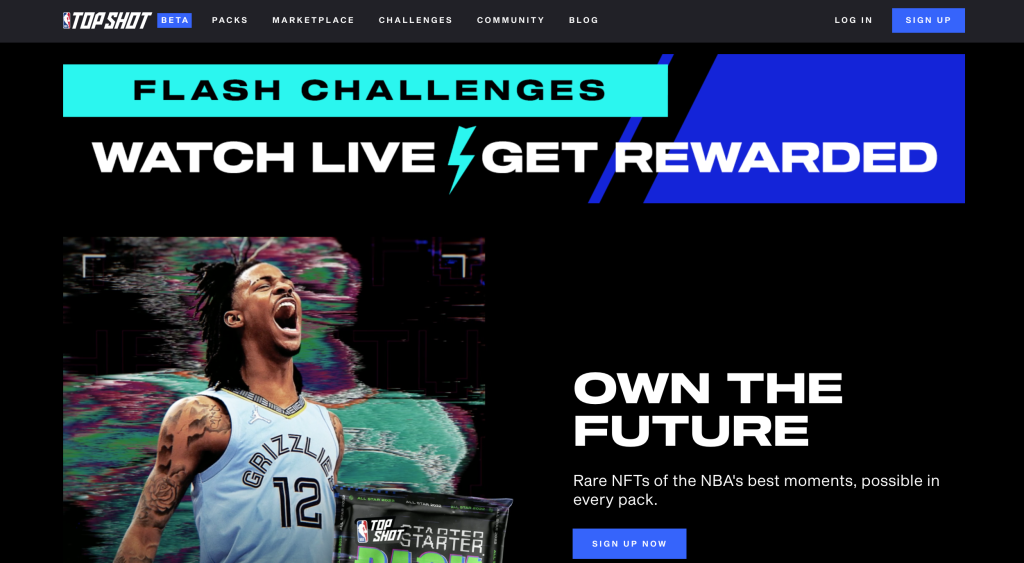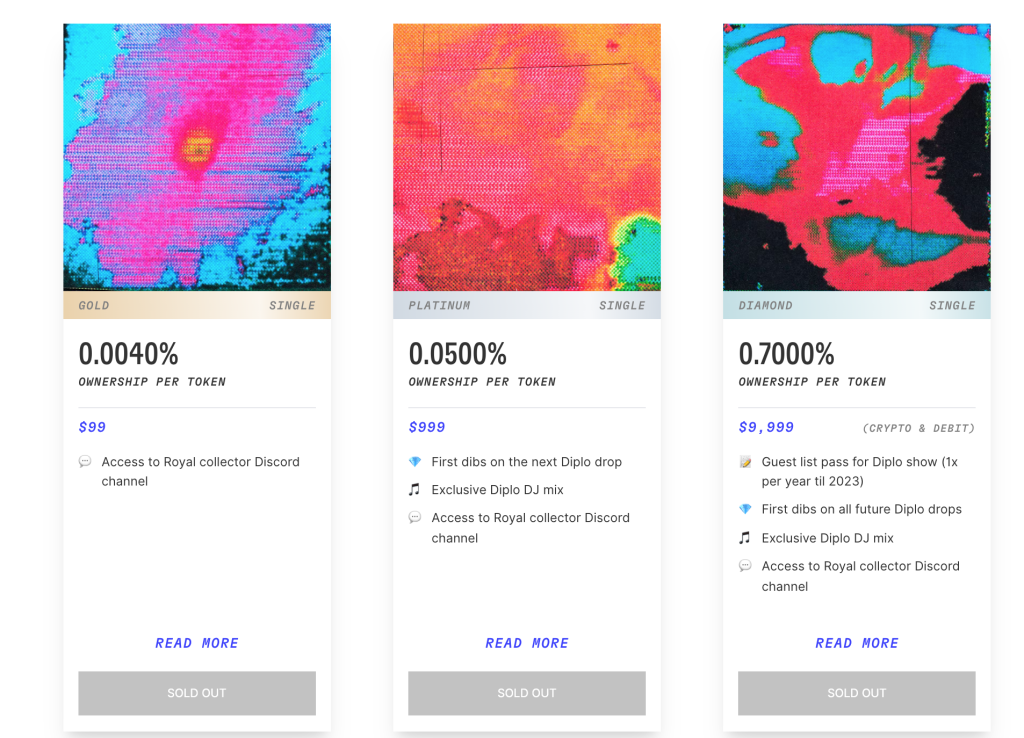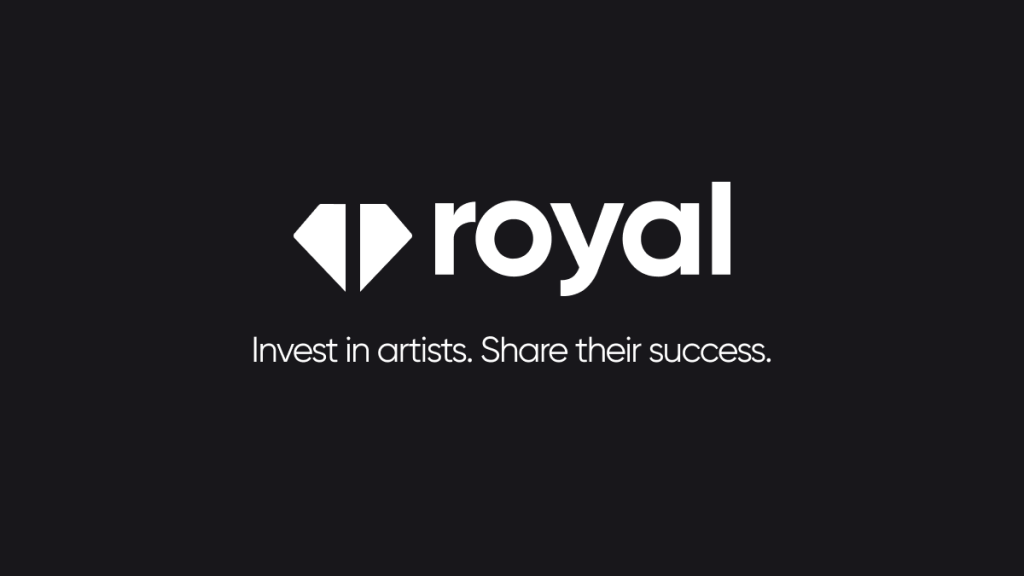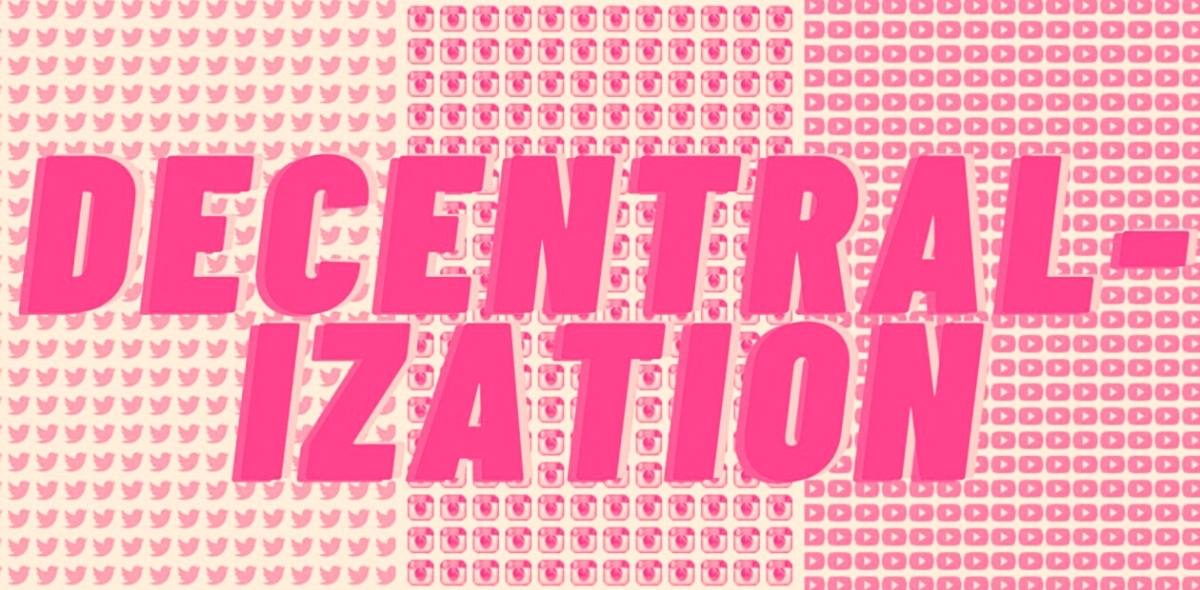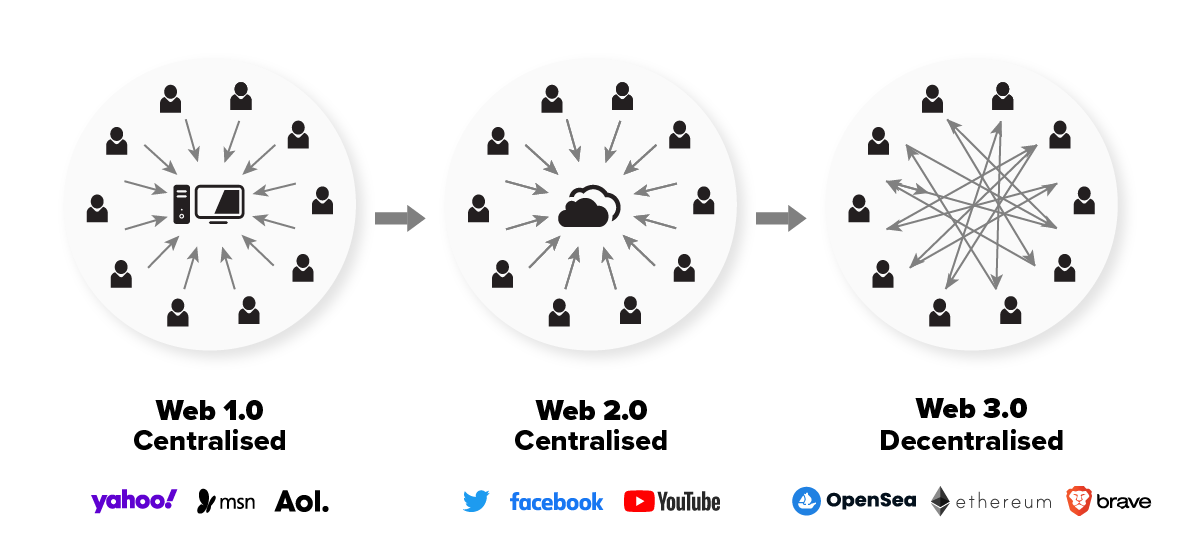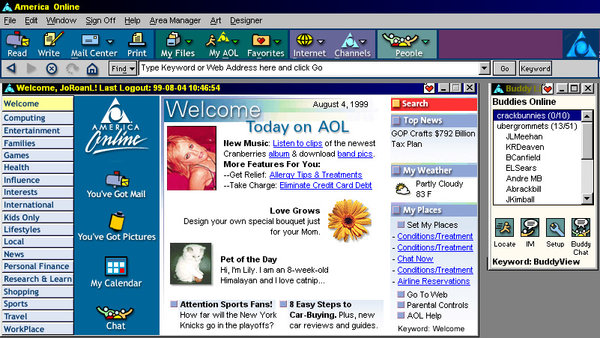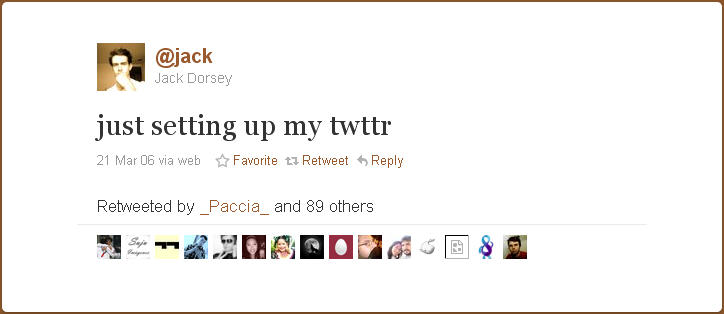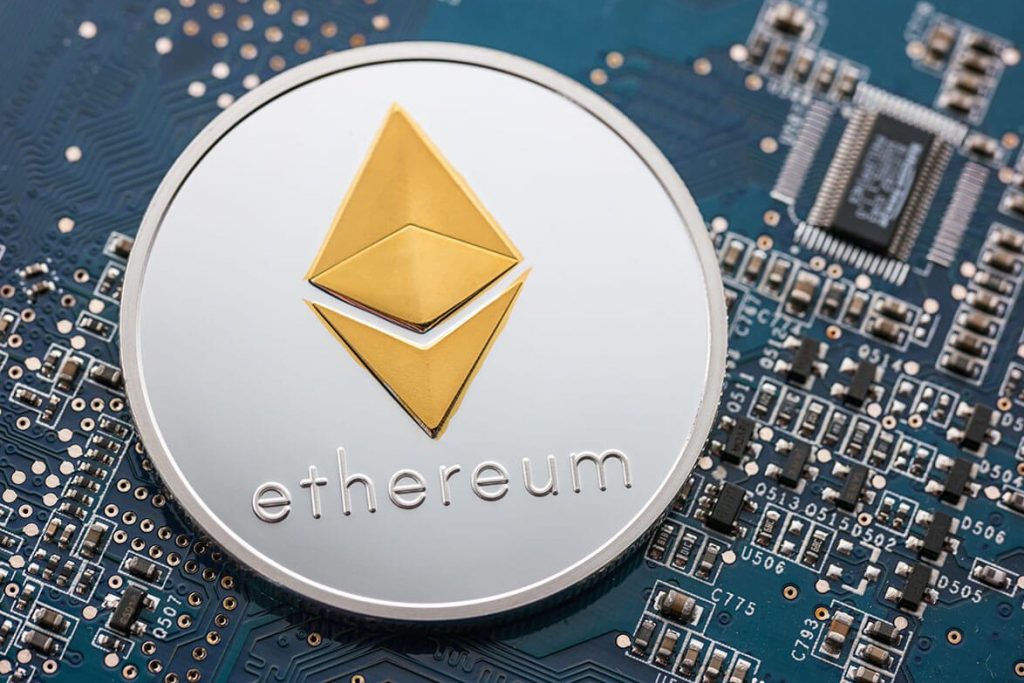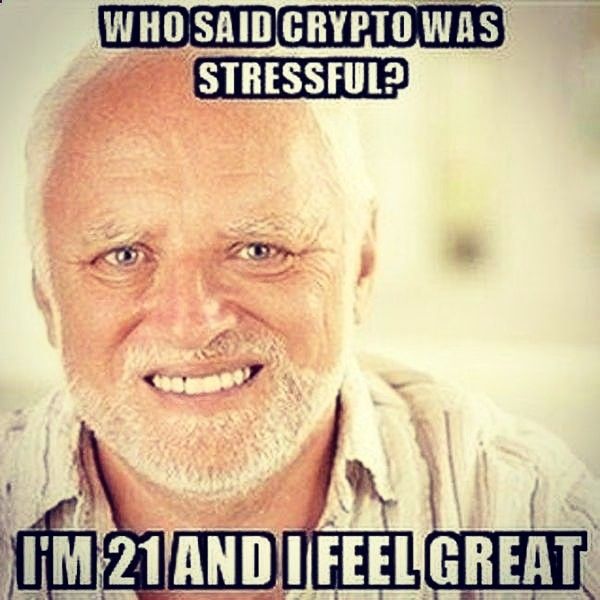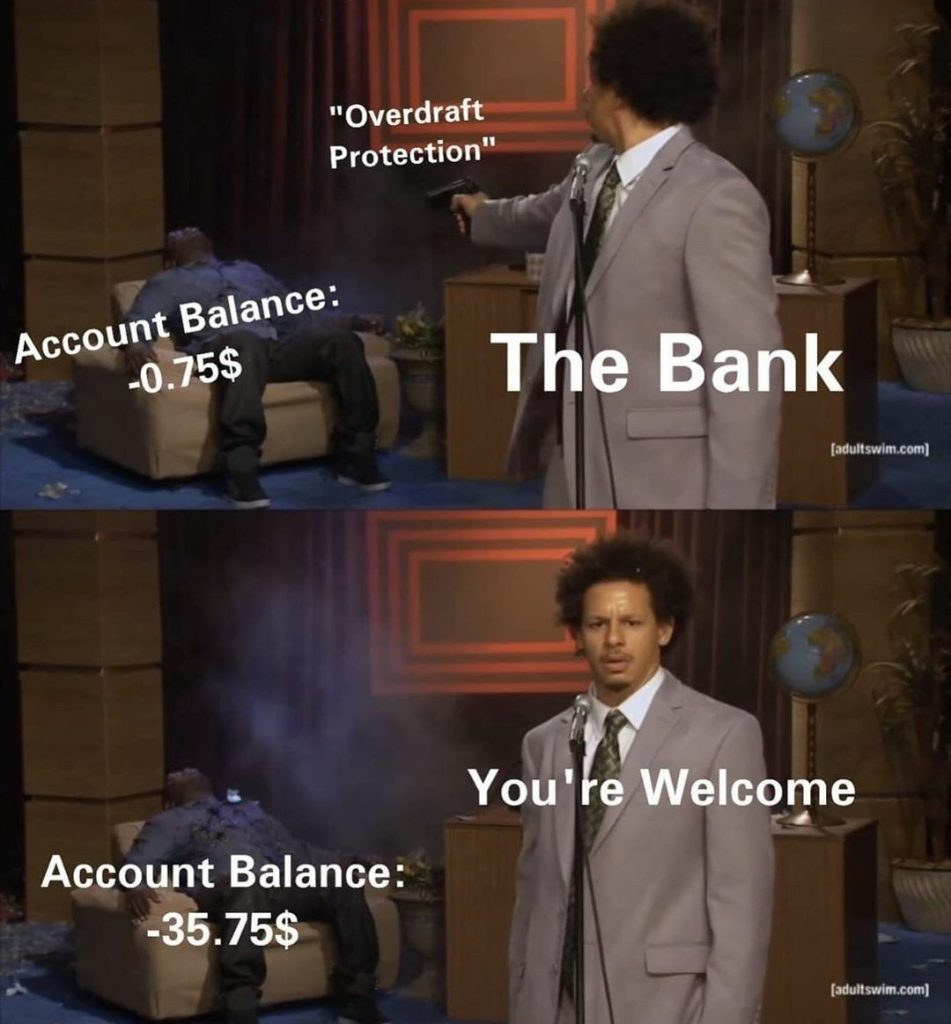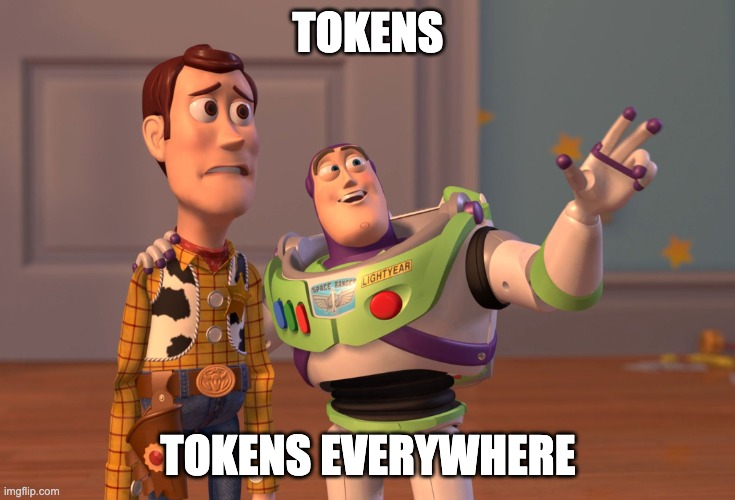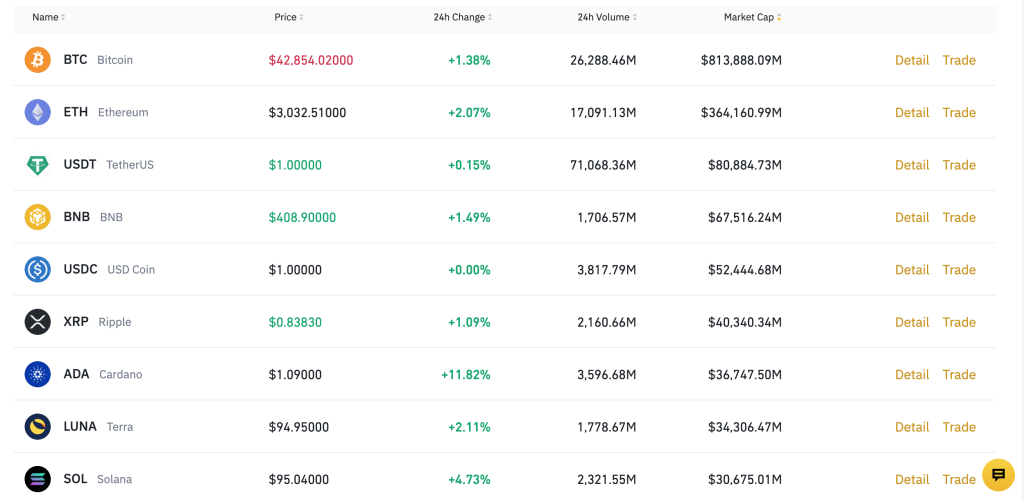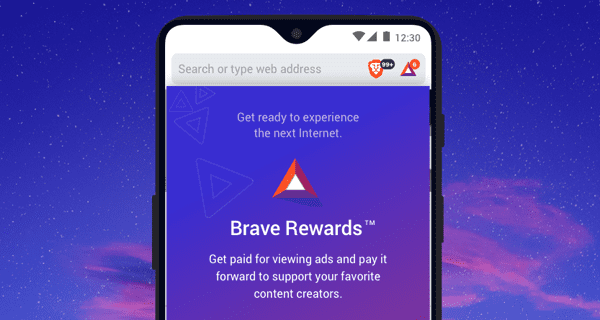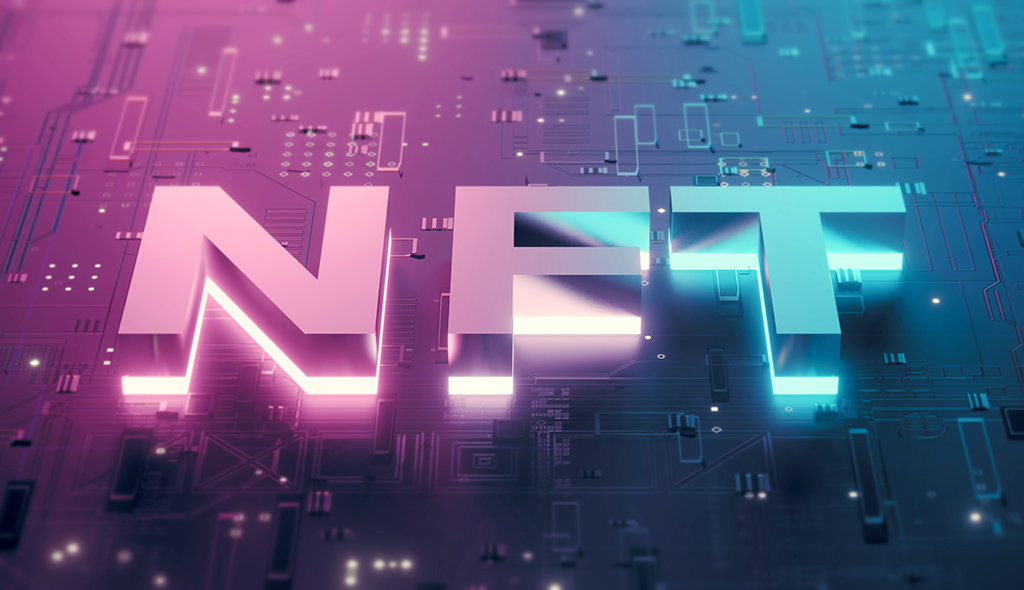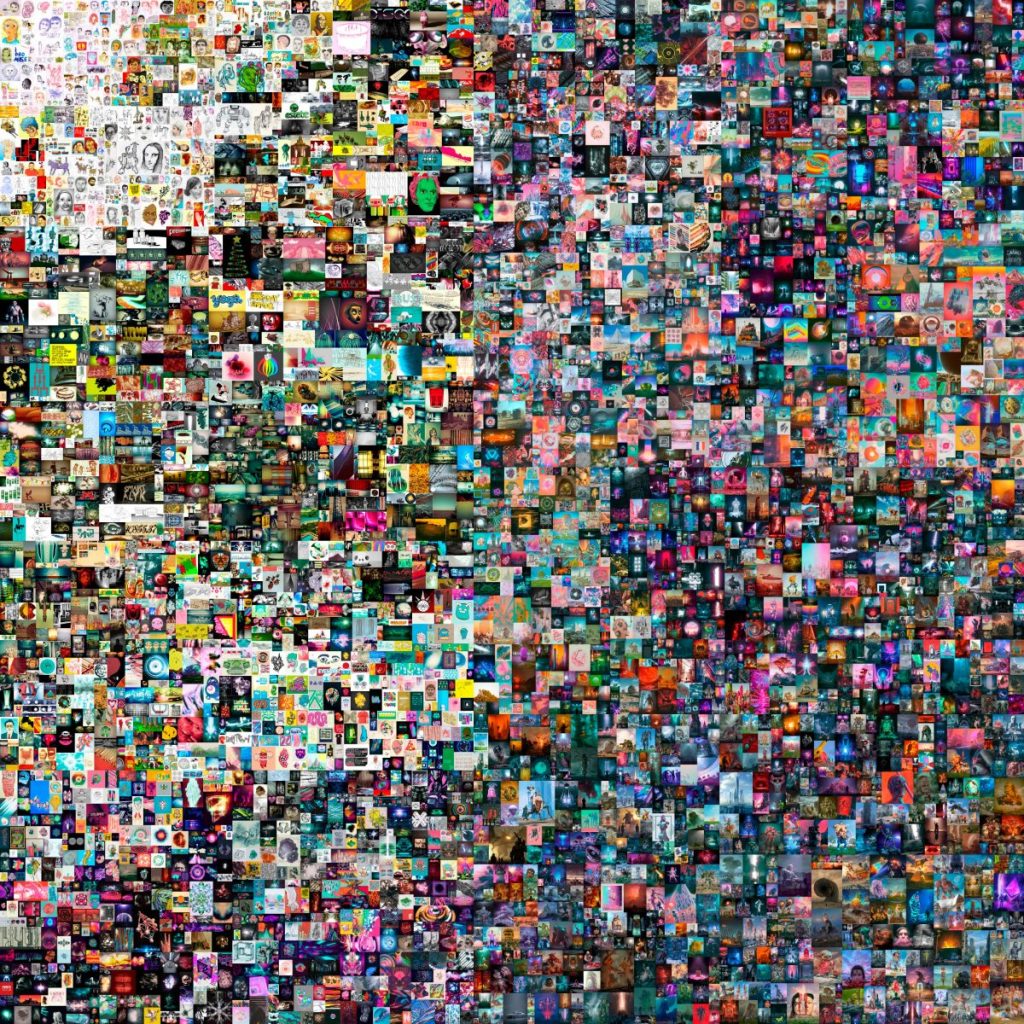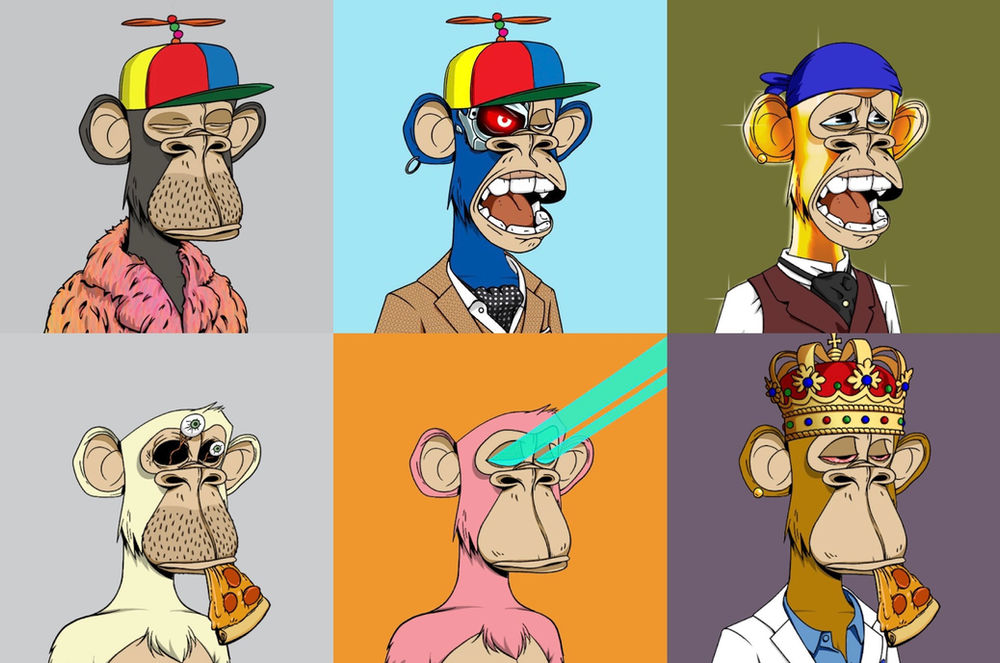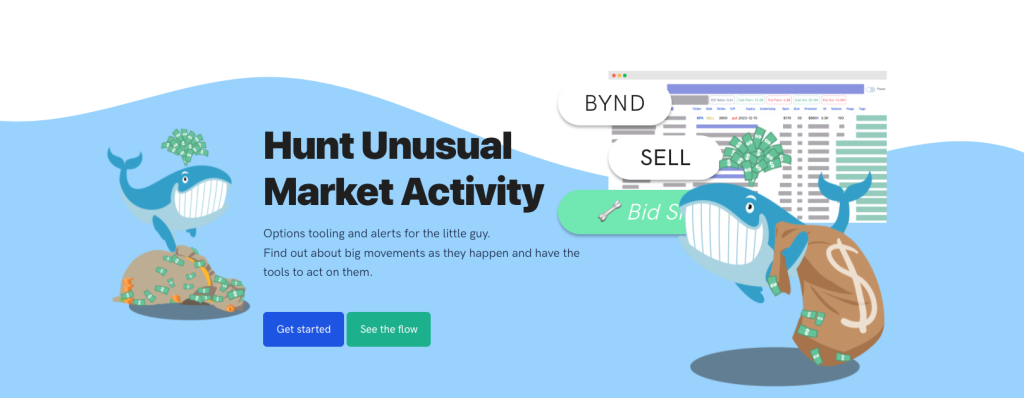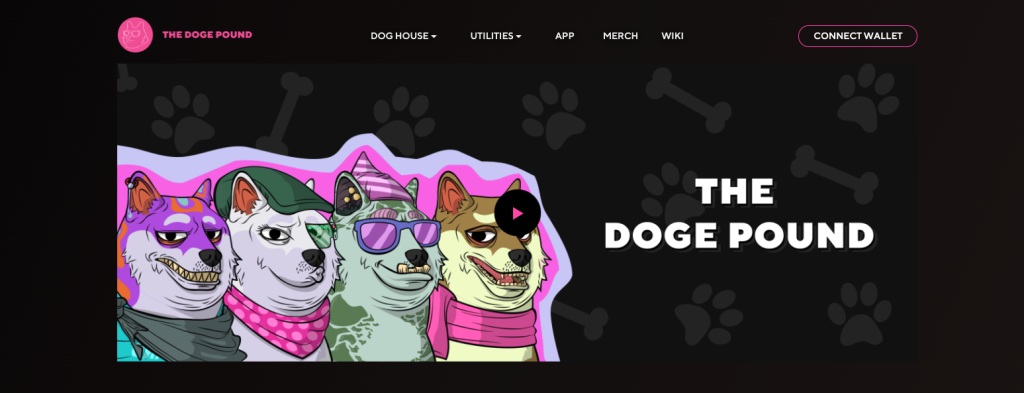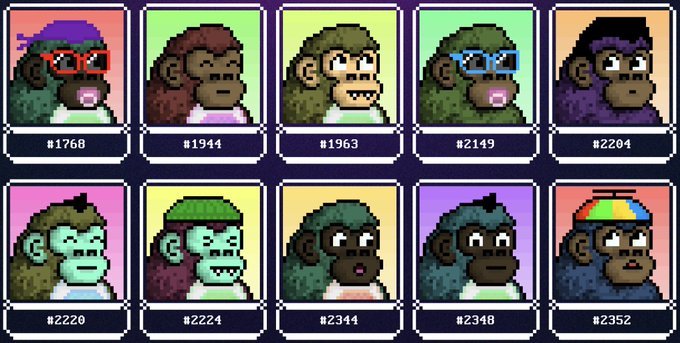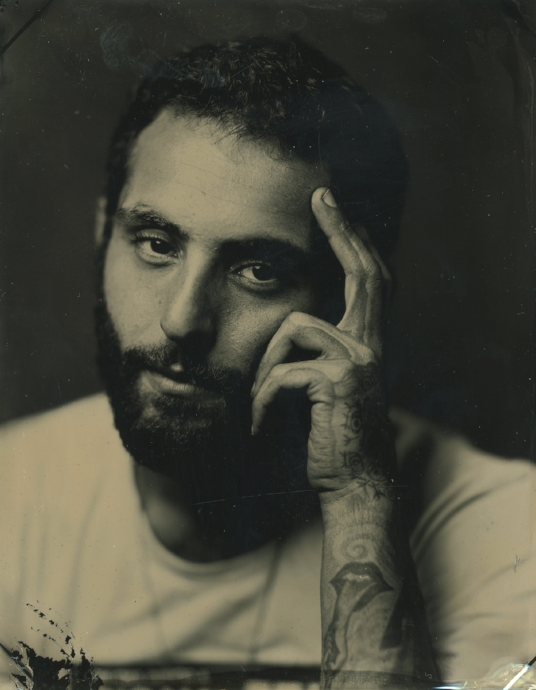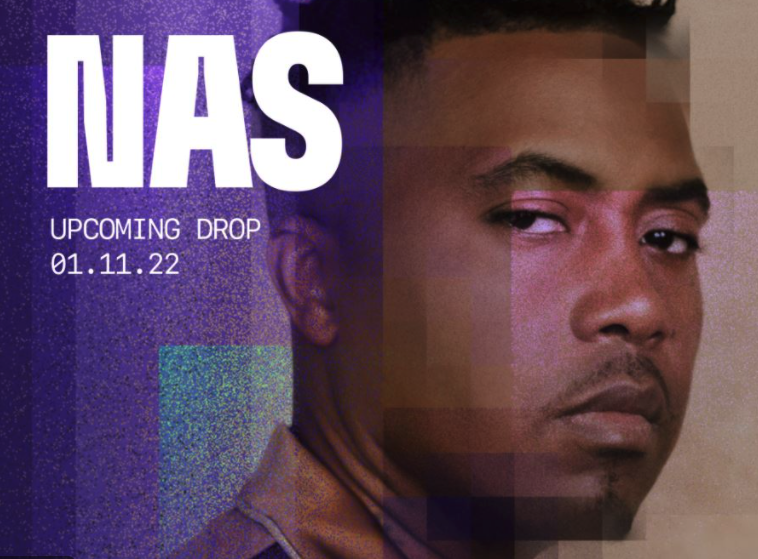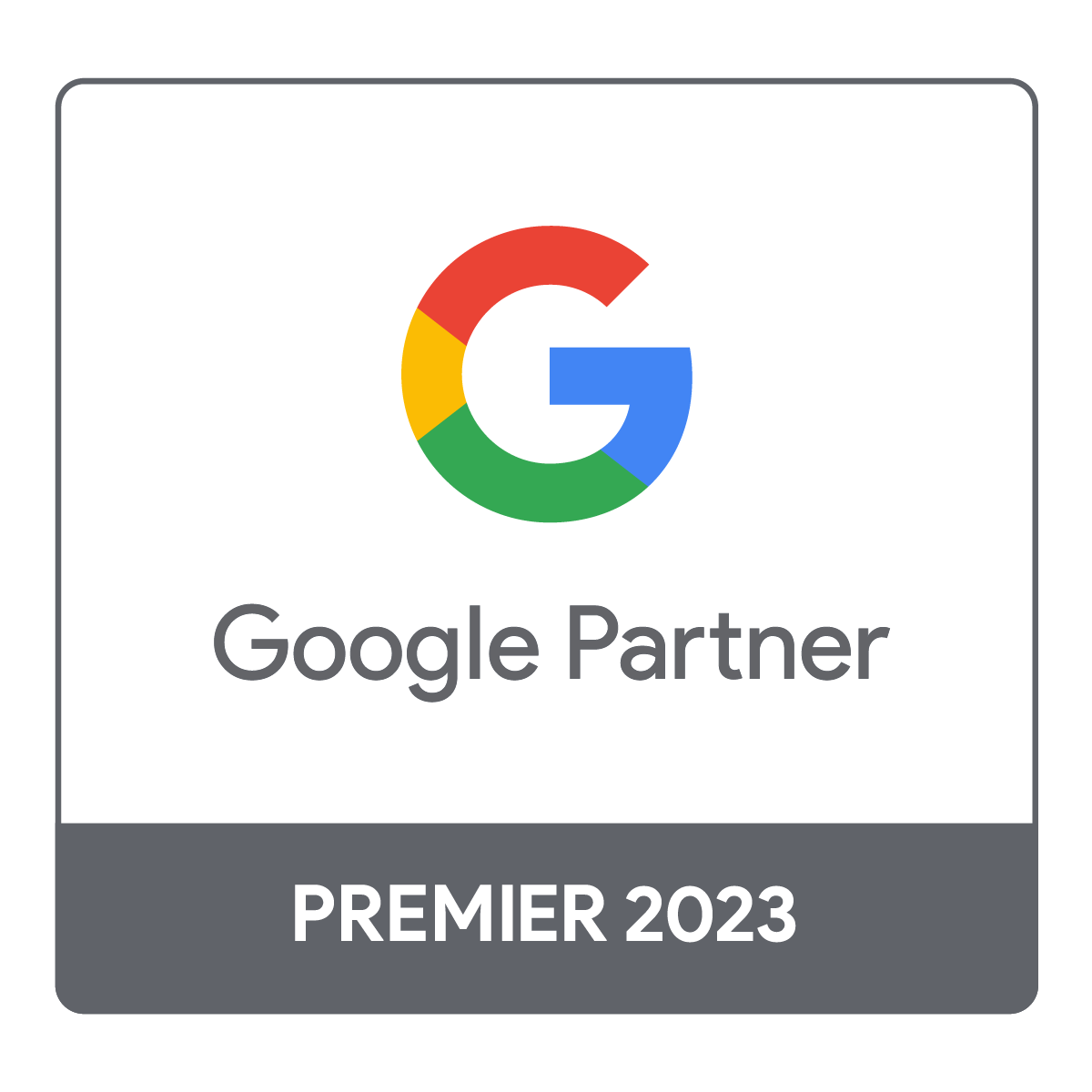If you are wondering how to make your first NFT, then this article is just for you.
In this epic guide, we show you exactly how to make, and mint, a solid NFT project – even if you are a complete newbie!
We’ll show you exactly how to create a next-level NFT strategy, what the best NFT marketplaces are, and how to set up your project in a way that gives it the best chance for success.
Let’s get right into it…
Table of contents
Step #1 – Create a Strategy

First thing’s first…
If you Google ‘how to make an NFT project’, then you will find a TON of well-written articles out there.
But unfortunately, many of these articles are all missing something crucial…
These articles fail to mention the importance of having a strategy in place.
You see, when it comes to NFTs – most projects fail in the short term.
And to take it a step further, some NFT-thought-leaders think that 98% of current NFT projects will end up failing in the long term as well.
“98% of [NFT] projects are going to zero. Most of the behavior I see in NFT buying reminds me of the way people bought beanie babies.”
Gary Vaynerchuk
So, what separates the NFT projects that succeed from the ones that fail?
A solid strategy + relentless execution of that strategy.
Your NFT-strategy has to be more than ‘my art is really cool looking’.
Your strategy needs to take everything into consideration. For your NFT launch, you need to ask yourself questions like…
- What are my goals?
- Who is my target audience?
- What is the story of my NFT?
- What value will my NFT have?
- What is my project’s roadmap?
- What utilities will my NFT include?
- How much will I sell my NFTs for?
- How will I create awareness?
- And so much more
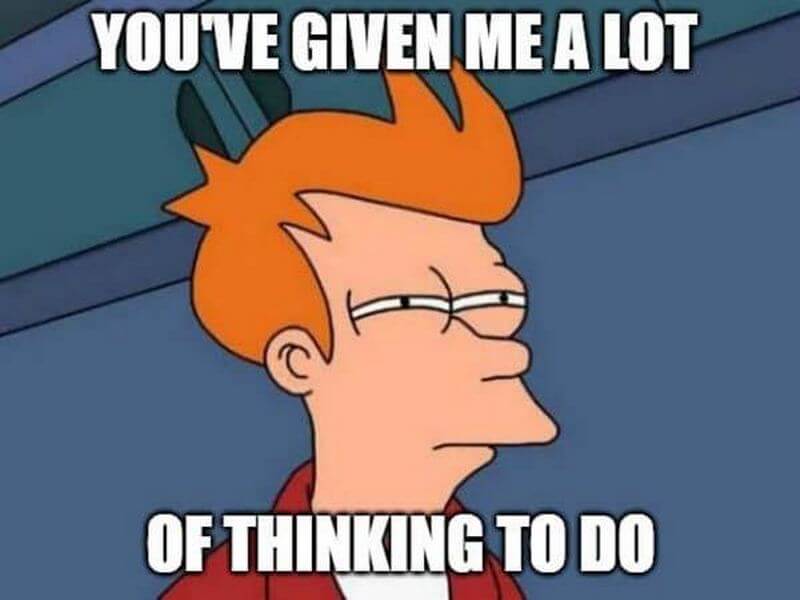
Since your NFT-strategy is the most important element to a successful NFT launch, we are going to cover this topic in its own in-depth blog post next week. Stay tuned.
Step #2 – Create your tokens
Once you have a solid strategy in place, it’s time for the next step – creating your actual tokens. The tokens you make will depend on both your strategy and the industry that you are in.
Technically, any digital file can be minted into an NFT. It can be a piece of art, a song, a game, a contract to an apartment, or 10,000 pixelated punks – the options are endless!
This means that you can use pre-existing digital files for your NFT – things like a digital course, an eBook, tickets to an event, or an appointment for a consultation.
Or, you can choose to create new tokens for your NFT. Currently, in the NFT-space, the most popular forms of tokens are PFP (profile picture) NFTs and one-off art NFTs. But as mentioned before, the sky is the limit
It’s also important to note that you need to make sure that you own the intellectual property that you are turning into an NFT. Do not – we repeat – do not create an NFT from an asset or IP that you do not own.
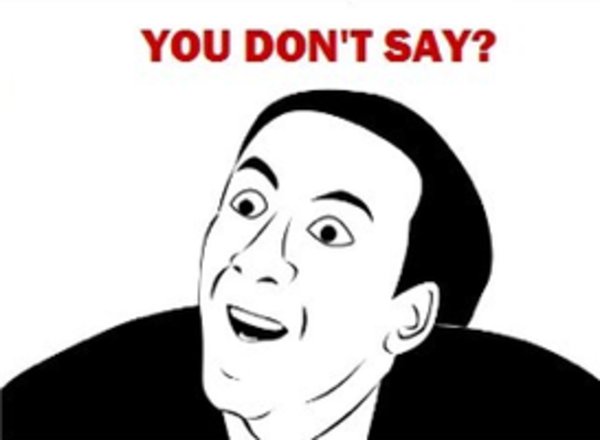
Step #3 – Choose your blockchain
There are a million and a half altcoins out there, but very few of them can actually mint an NFT for you – and even fewer of those are even worth going with at all.
Let’s break down our two highest blockchain recommendations for any NFT project…
Ethereum
Ethereum is the ‘OG’ blockchain of the NFT-world. It came on the crypto scene as a possible ‘Bitcoin killer’ but has developed into so much more as it has fueled the entire concept of self-executing smart contracts.
Because of this, Ethereum is still the preferred choice for NFT creators around the world, boasting over 730,000 unique buyers and an average sales price of USD 3,064.
Pros of Ethereum
- Most popular option
- Mass adoption
Cons of Ethereum
- High gas fees
- High congestion (which can mean slow minting times)
- Not great for the planet due to high energy consumption
Notable Ethereum NFT Marketplaces
- OpenSea
- Rarible
- Nifty Gateway
- SupeRare
- Mintable
Ethereum final thoughts
Ultimately, Ethereum is currently wearing the NFT-crown and is dominating the NFT marketplace. Because of this, by offering your project on the Ethereum blockchain, you will open it up to a significantly larger audience, therefore increasing the potential exposure and awareness of your project.
We recommend using Ethereum for your project if…
- You are new to NFTs
- Your audience is new to NFTs
- You want to increase your exposure
Solana
Dubbed by many as a possible ‘Ethereum killer,’ Solana has had a bit of a rollercoaster year and is currently the #7th biggest crypto coin by market cap.
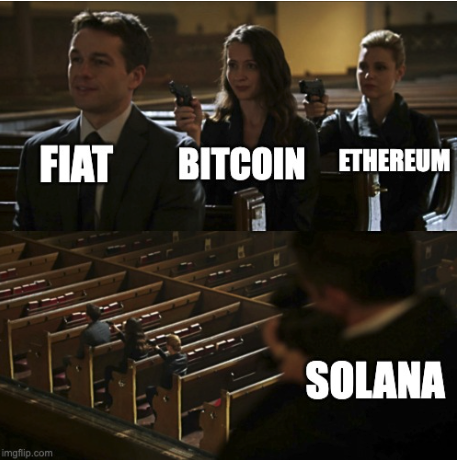
When evaluating the NFT-space from a distance – it’s hard to understand why Solana isn’t the go-to platform. Solana is cheaper, faster, and much more environmentally friendly than Ethereum, and boasts over 140,000 unique NFT buyers.
Pros of Solana
- Faster than Ethereum
- Basically no gas fees
- More eco-friendly
Cons of Solana
- Not as popular as Ethereum
- Limited marketplaces
Marketplaces Available
- OpenSea
- Solible
- Magic Eden
Solana final thoughts
So while Solana might look better on paper, and it has a TON of benefits, the truth is that it’s just not as popular as Ethereum.
Ultimately, Ethereum is a household name, and because of that, the market for it is much bigger.
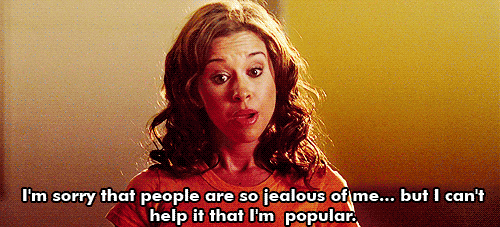
Having said that, we recommend using Solana for your blockchain if…
- Your audience is more familiar with NFTs
- Being environmentally friendly is important to your brand/audience
- You believe that Solana will continue to grow, therefore possibly increasing the value of your project over time
Step #4 – Set up your digital wallet
From here, you’ll want to set up a digital wallet (if you don’t already have one).
Why?
Because your digital wallet is where you’ll be storing the crypto needed to buy, sell, and mint your NFTs.
This is probably one of the easier steps in the process. Simply create a wallet on Meta Mask or Coinbase Wallet, buy some ETH or SOL, and keep it stored there for when you need it.
Step #5 – Select your NFT marketplace
There are a LOT of NFT marketplaces available, and the one you choose should be based on a variety of factors.
Let’s look at the overall pros and cons of each, as well as who would benefit most from each platform.
OpenSea
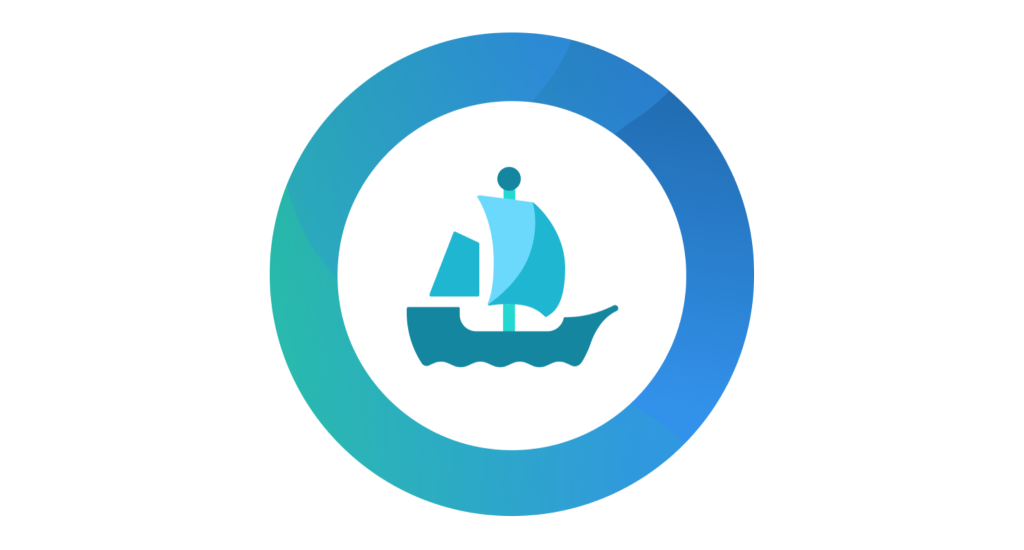
With 1.26 million active users and over 80 million NFTs for sale, OpenSea is far and away the largest NFT marketplace out there.
OpenSea is a non-curated platform – this means that anyone can upload and sell their NFTs – no application necessary!
Because of this (plus its great user experience), we predict that OpenSea will maintain its position as the #1 NFT marketplace for the foreseeable future.
Pros of OpenSea
- Non-curated
- Great onboarding/tutorials/resources
- More exposure due to its massive reach
- 2.5% fee goes to the buyer – no fees for creators
- Integrated with Ethereum and Solana
Cons of OpenSea
- Non-curated NFTs mean buyers might be more likely to be scammed
- Can’t pay with fiat
Should you use OpenSea?
OpenSea doesn’t discriminate and has an extremely simple UX. If you want to list your first NFT project – no matter if it’s an art, pfp, music, or business project – few platforms are as user-friendly as OpenSea.
Crypto.com
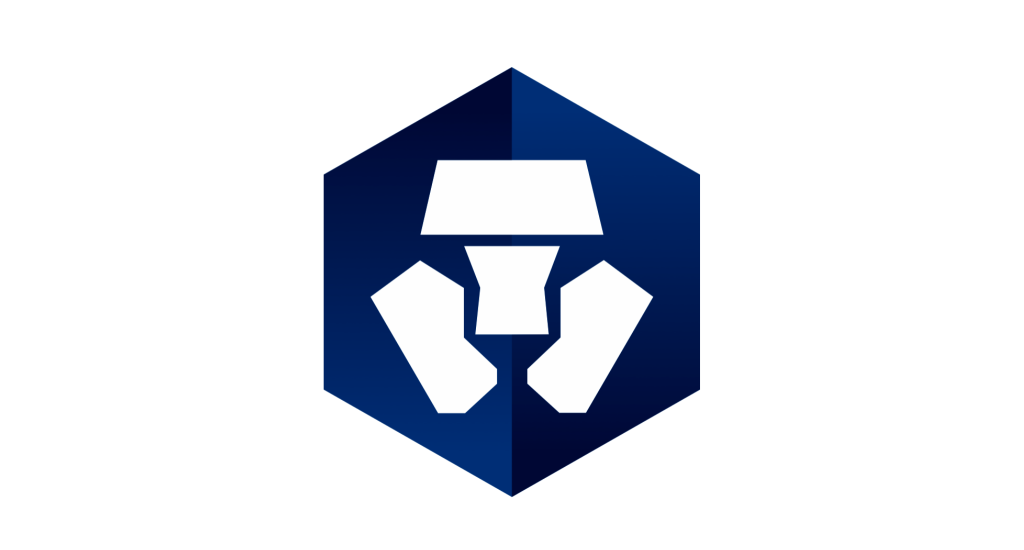
Crypto.com is the world’s largest crypto exchange, and their NFT marketplace is starting to gain some serious traction as well.
Pros of Crypto.com
- Non-curated
- Can buy/sell with debit/credit card
- Buyers aren’t charged fees
- Sellers are charged a 2% fee
- NFT prices are in USD (as opposed to ETH)
Cons of Crypto.com
- Less reach than OpenSea
- 2% selling fee will push some creators away
Should you use Crypto.com?
Similar to OpenSea, Crypto.com is a non-curated marketplace. This means that setting up an NFT is super easy and accessible to anyone. If you are interested in starting your first NFT project but don’t want to do it on OpenSea, then Crypto.com is a great alternative.
Nifty Gateway
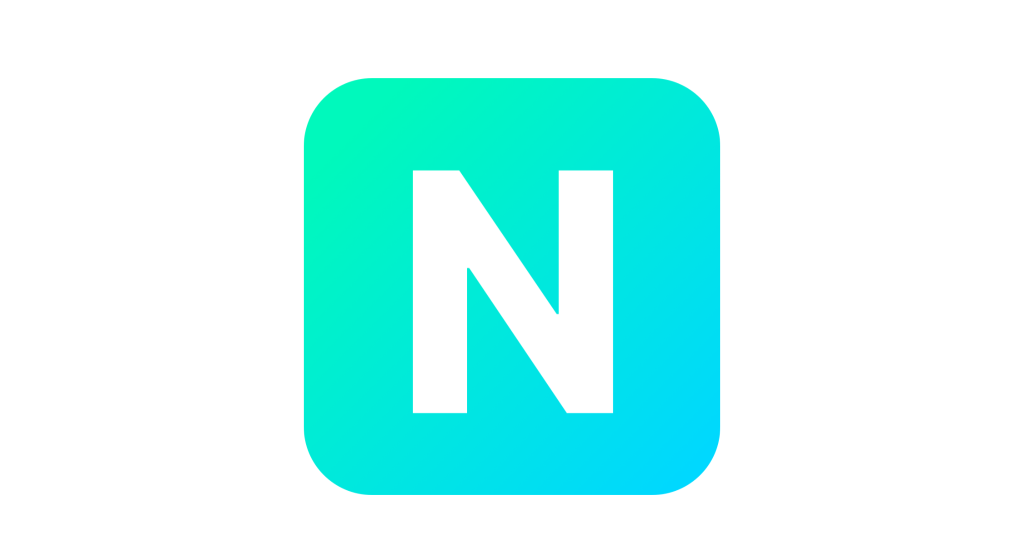
Nifty Gateway is an NFT marketplace started by Gemini – one of the world’s largest crypto platforms.
Nifty has made a name for itself by being a curated marketplace, meaning you have to apply and get accepted to be able to sell NFTs.
Pros of Nifty Gateway
- More focused on art and music (they have worked with Eminem, Grimes, and The Weeknd)
- Can use a credit card
- Limited drops – lots of FOMO
Cons of Nifty Gateway
- Curated – need to apply (this can be a pro or a con depending on your situation)
- Still not a very well-known marketplace
Should you use Nifty Gateway?
Because of its curated nature, Nifty Gateway is a bad option for smaller brands/artists/creators, but an amazing option for popular brands in the music and art space. If you can get through the application process, then your chances of success can be much higher.
Magic Eden
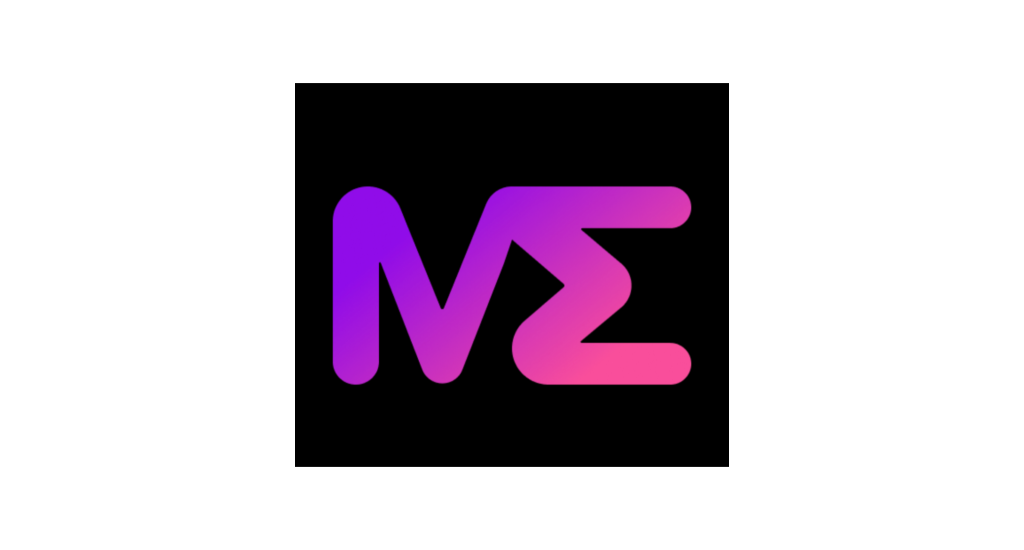
Launched in 2021, Magic Eden has exploded in popularity in the past few months. It currently boasts over 750 million USD in trading volume over the past 30 days.
What’s the key to its success? Super great UX mixed with the rise of Solana – which is the only crypto that Magic Eden deals with.
Pros of Magic Eden
- Leading Solana marketplace
- 0% listing fee / 2% transaction fee
- Extremely fast
Cons of Magic Eden
- Only deals with Solana
- Does not accept fiat
- Smaller user base
Should you use Magic Eden?
If you are going to choose Solana as your blockchain of choice, then MagicEden is the ideal platform for your NFT project.
Step #6 – Upload your digital files
Once you have selected your marketplace of choice, it’s time to upload your digital files (aka, your tokens) to the platform so you can start selling!
Different marketplaces will have different steps for uploading your NFTs. Please be sure to check the actual steps depending on your marketplace of choice.
Step #7 – Start selling amigo!
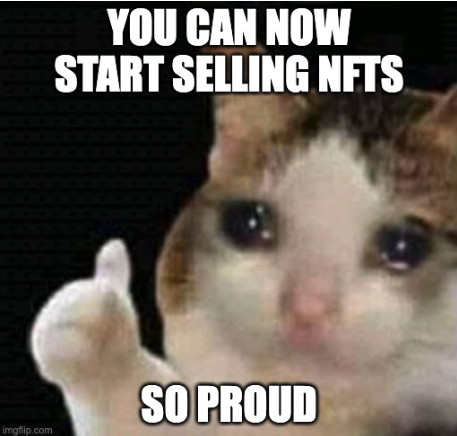
If you created a detailed strategy in Step #1, then you should be ready to start selling your NFTs by Step #7.
This is because you will know your selling price, the type of sale you will be doing (Fixed price, English auction, Dutch auction, etc.), and your overall marketing strategy.
During this step, it’s important to remember that the minting and selling fees can be costly. Depending on the marketplace, you may be charged a listing fee, a minting fee, a commission on the sale, and maybe even a transaction fee.
These fees can add up quickly, so make sure you understand exactly what fees to expect so they don’t eat into your margins too much.
Final thoughts on how to make an NFT
If you are still reading this then it means that you are SUPER serious about starting your first NFT project!
If that’s the case, be sure to follow the steps outlined above. It might seem like there’s a lot to it, but you’ll learn along the way, and become an NFT-expert in no time.
And finally, if have any questions at all, feel free to reach out to us. We have over 10 years of experience in digital marketing and are one of the leading Web3 agencies in the APAC region. Our goal is to help brands and creators like you to transition into the exciting world of Web3. Be sure to reach out to us today and check out our NFT marketing services.
Disclaimer – this article is meant to educate and entertain, but it is not financial advice. Please always be sure to do your own research.
